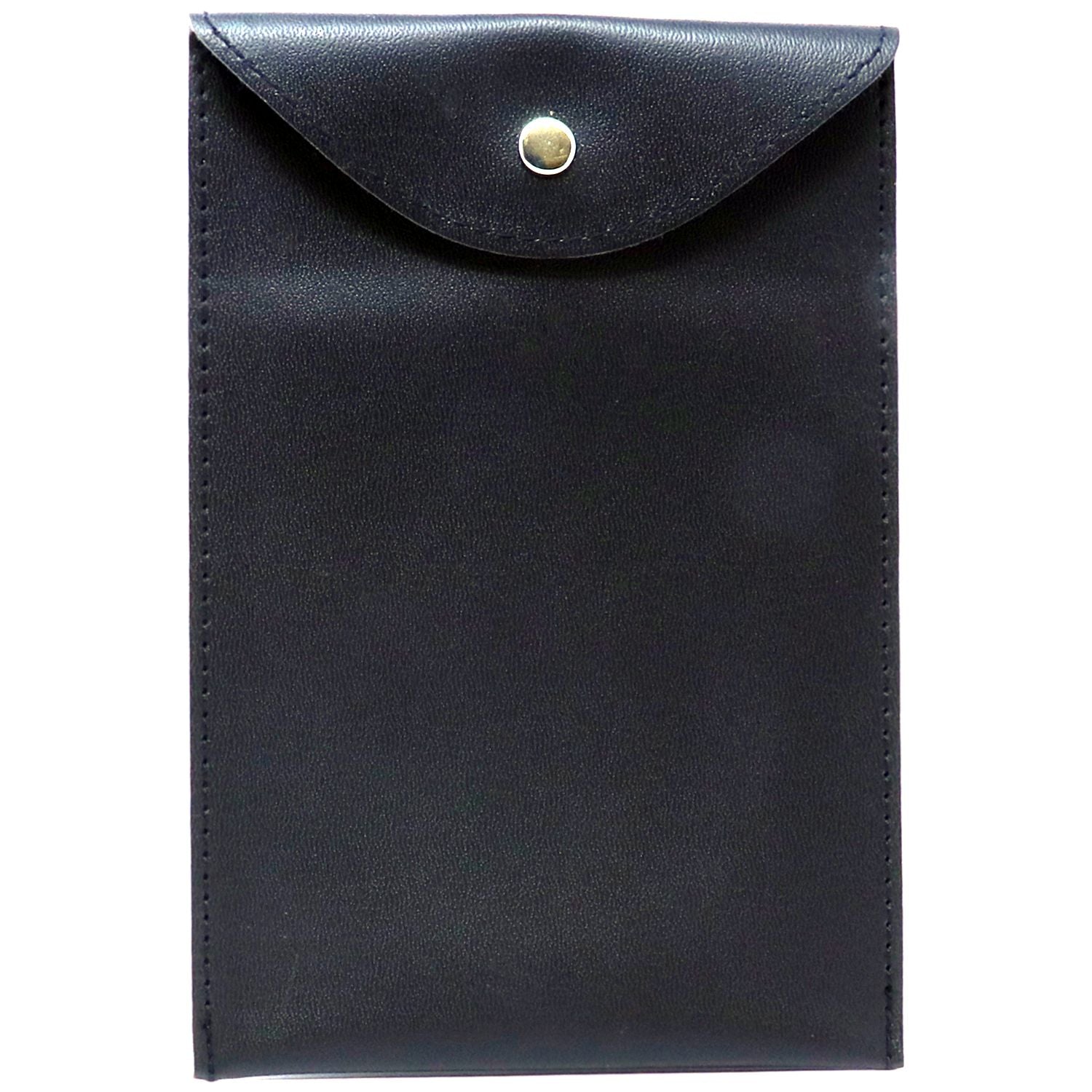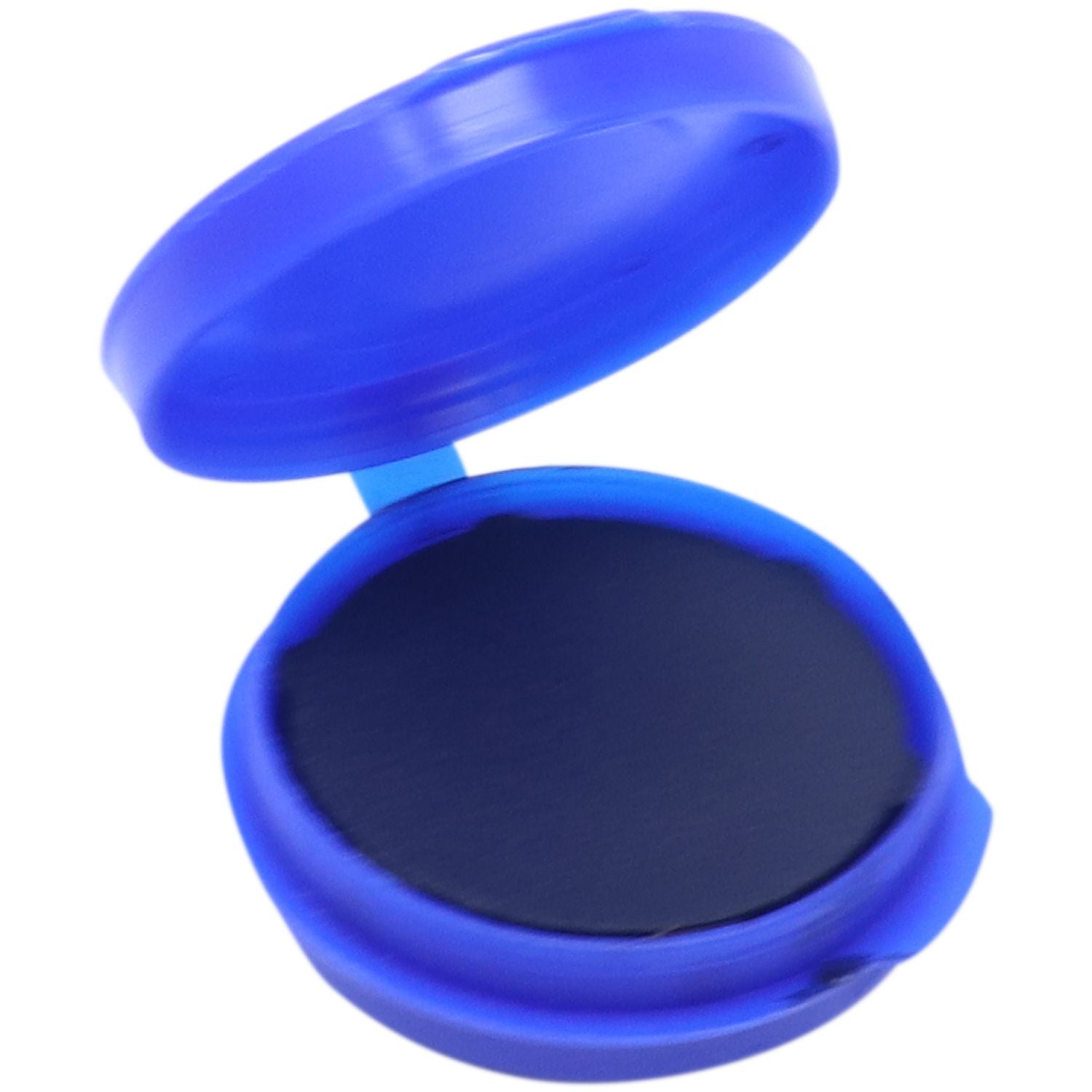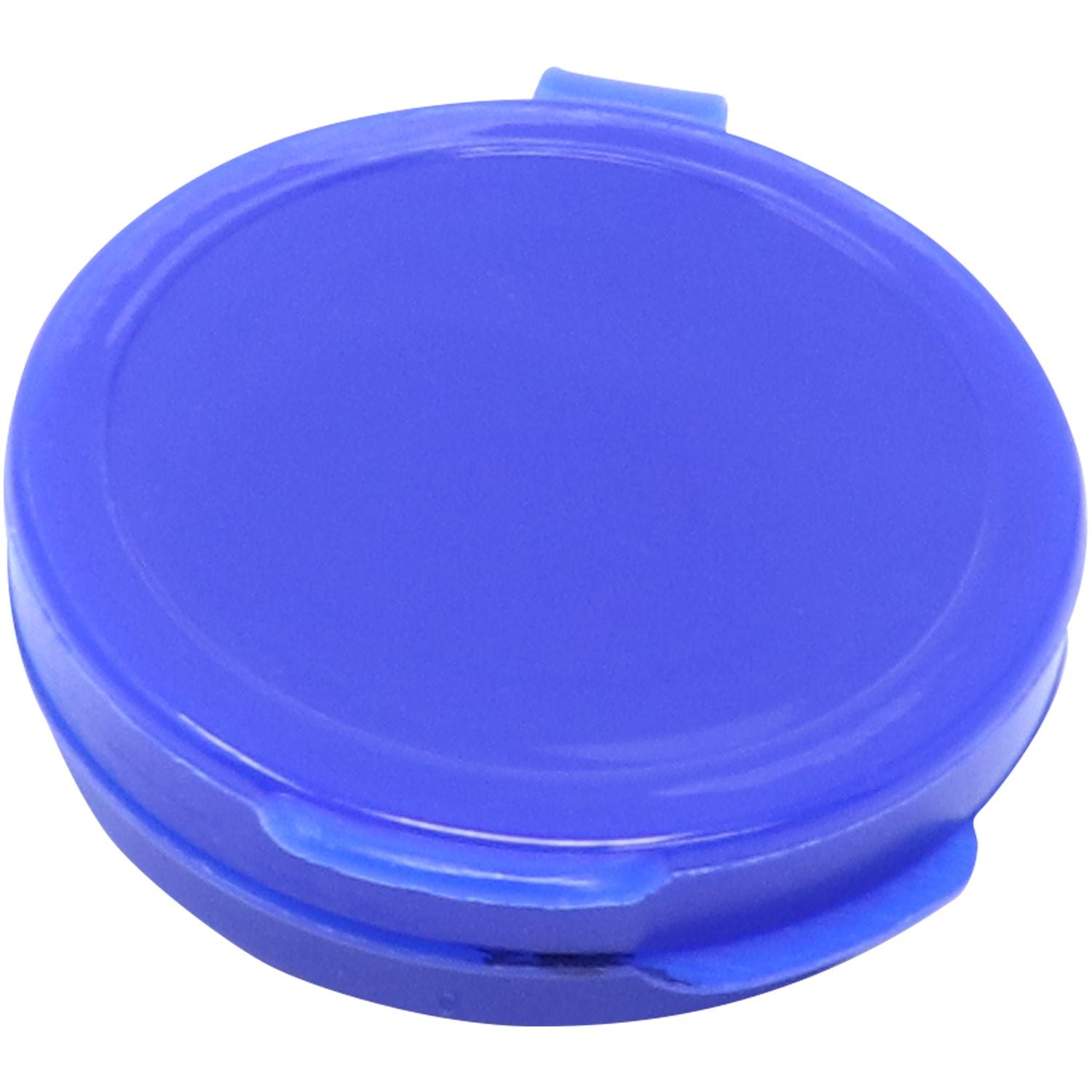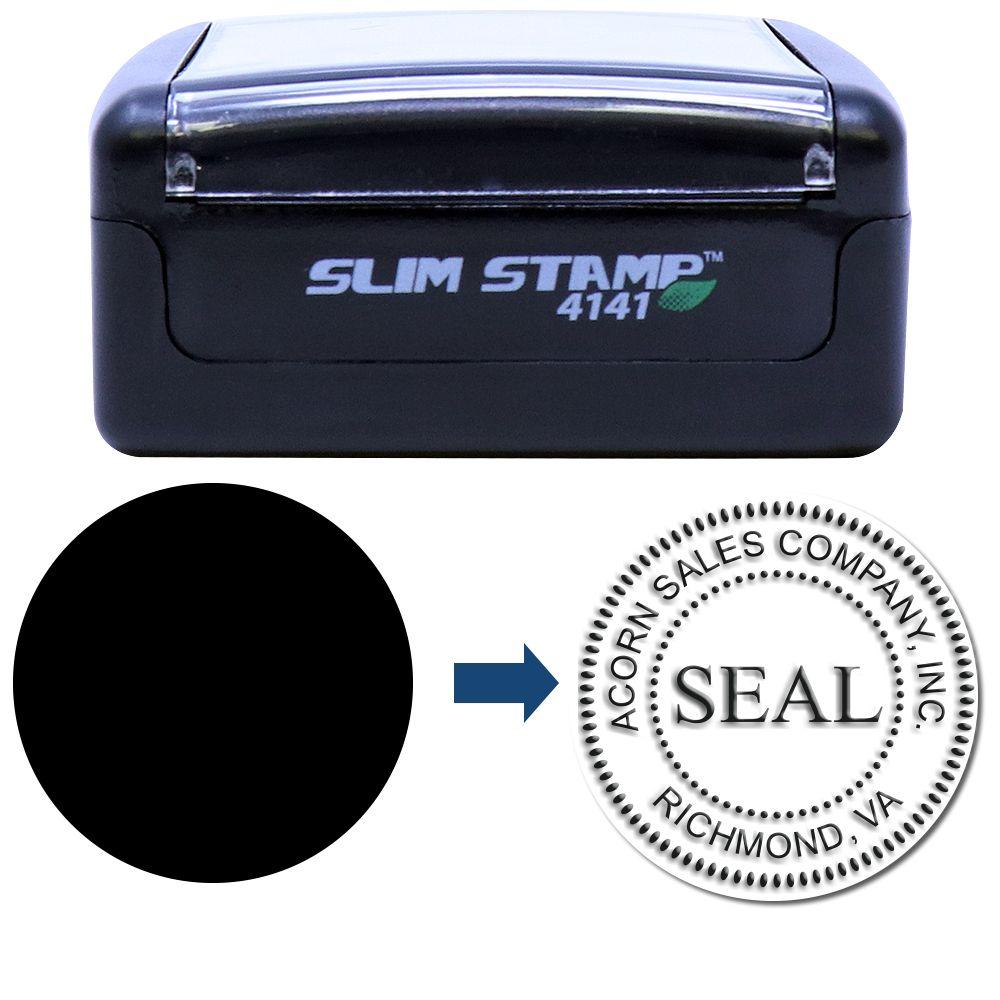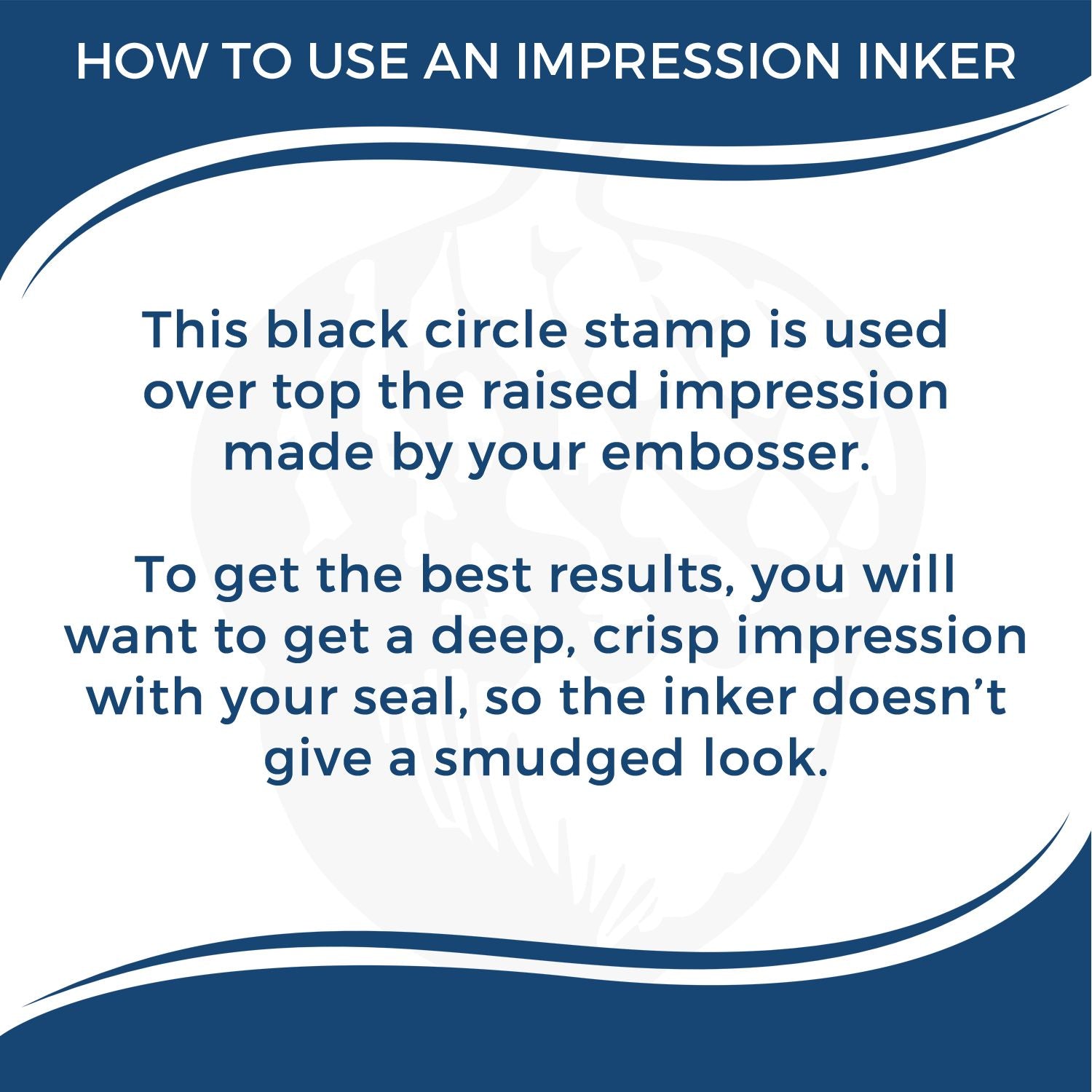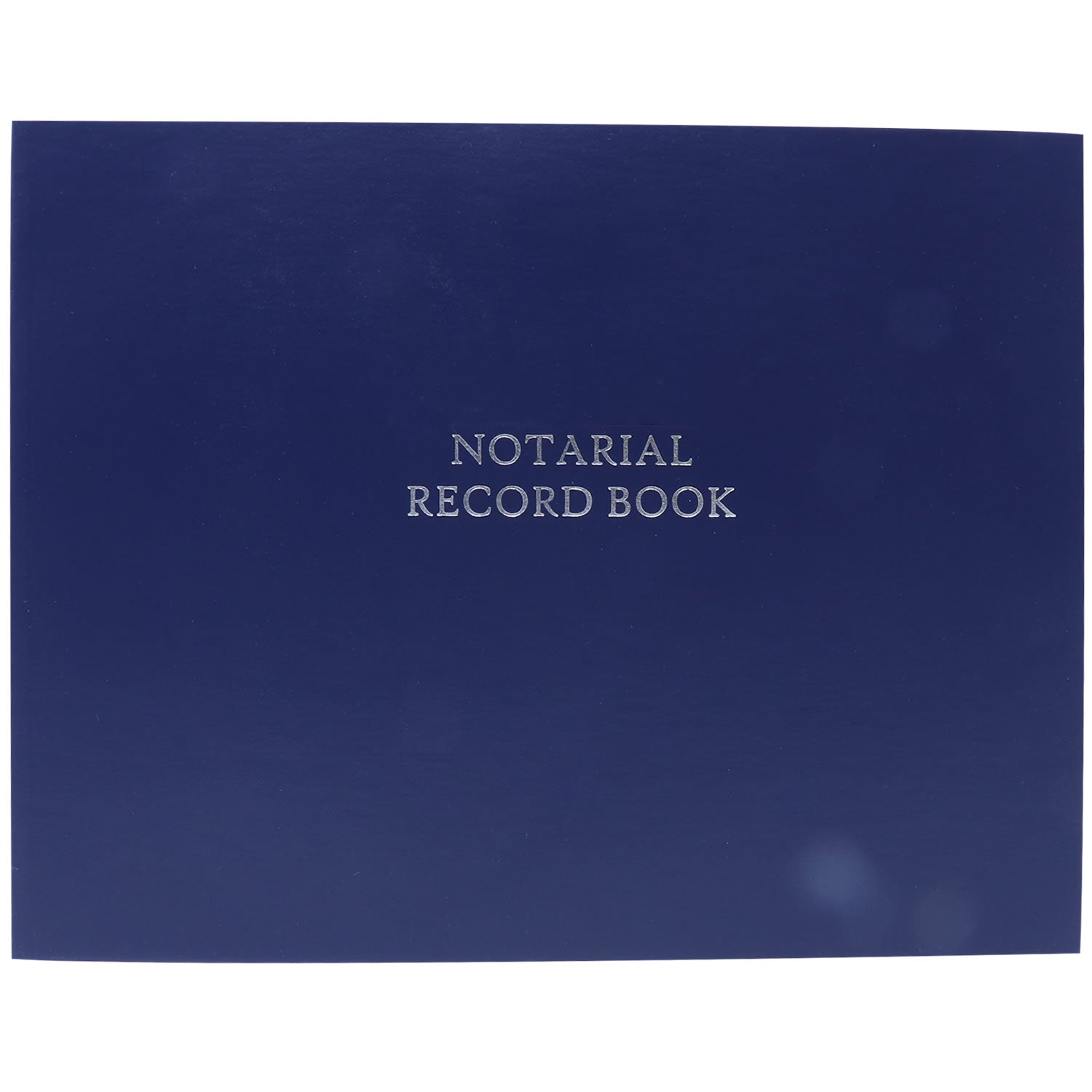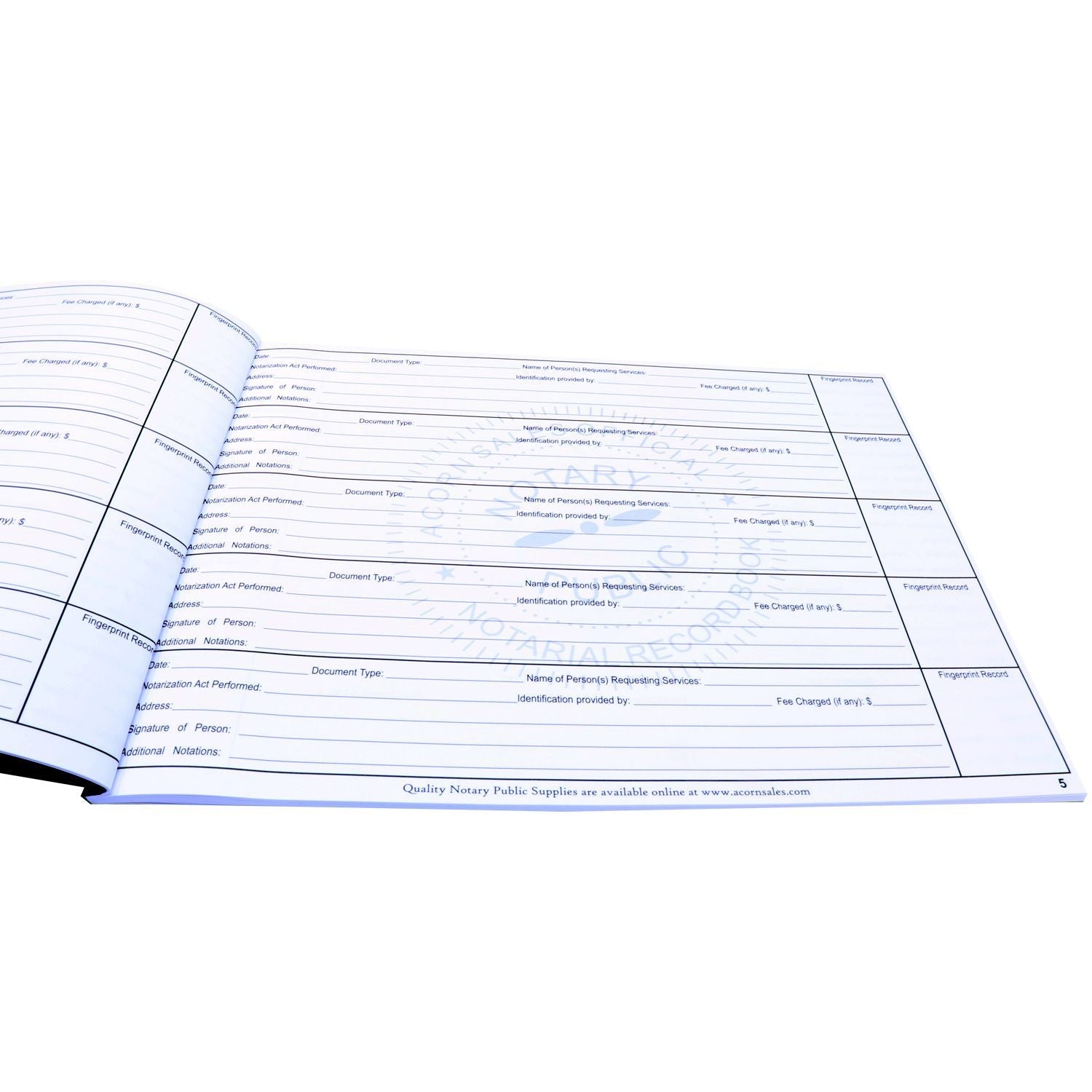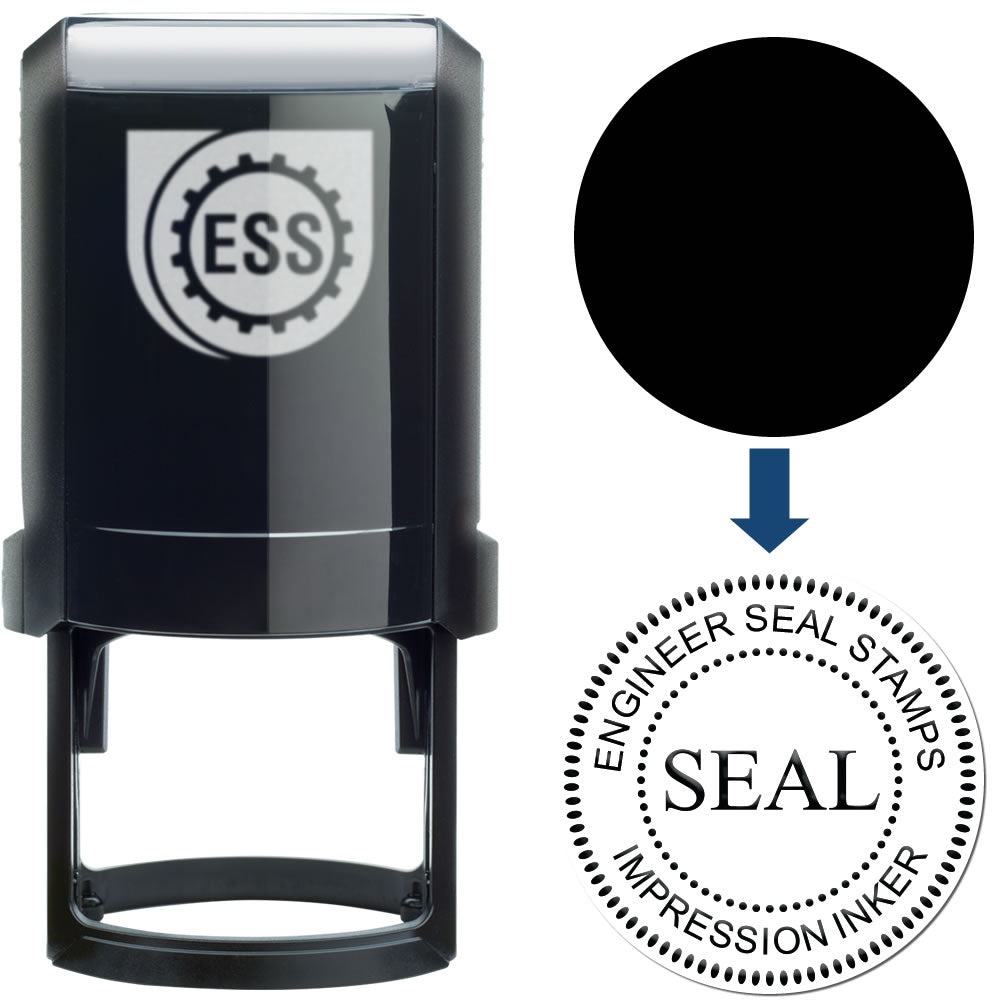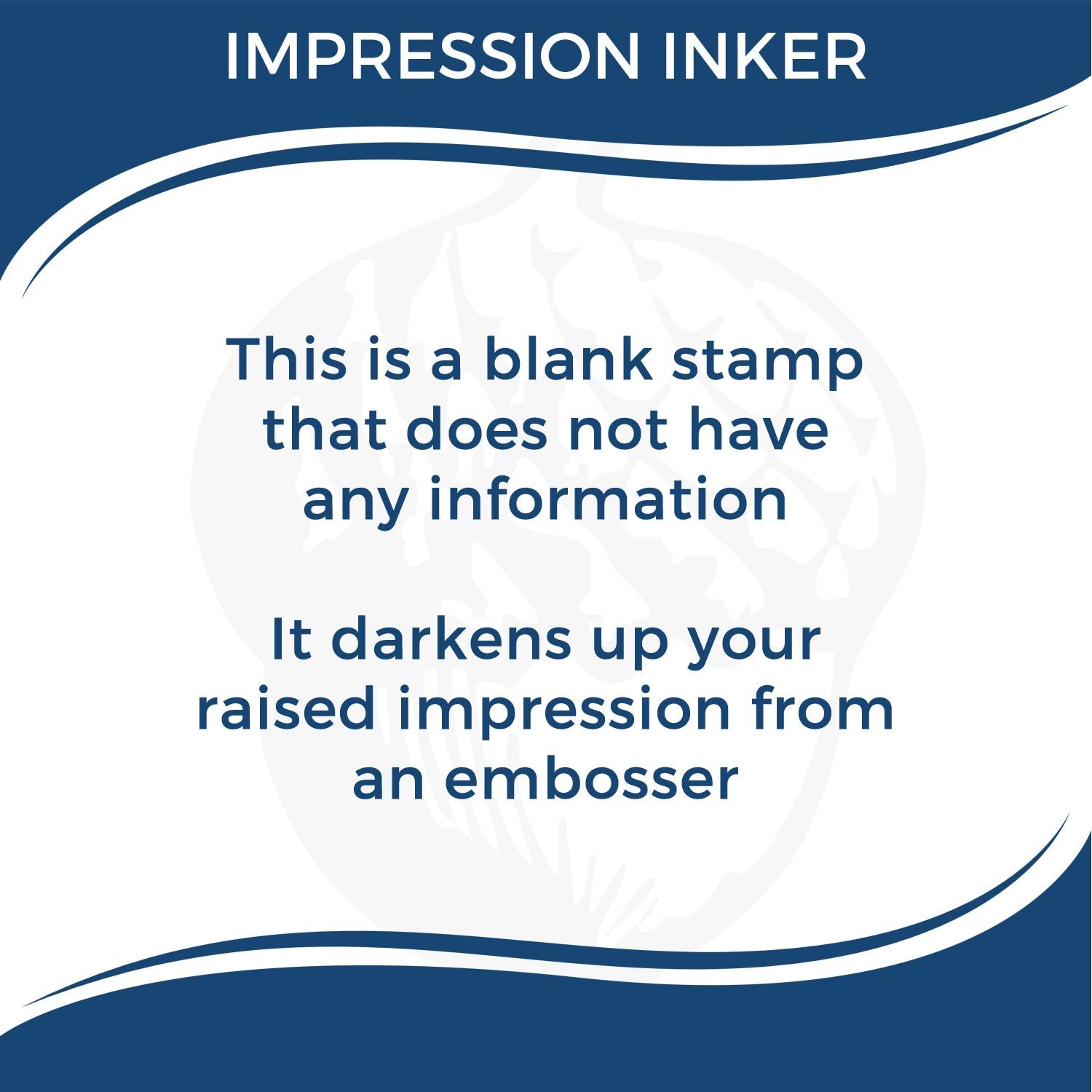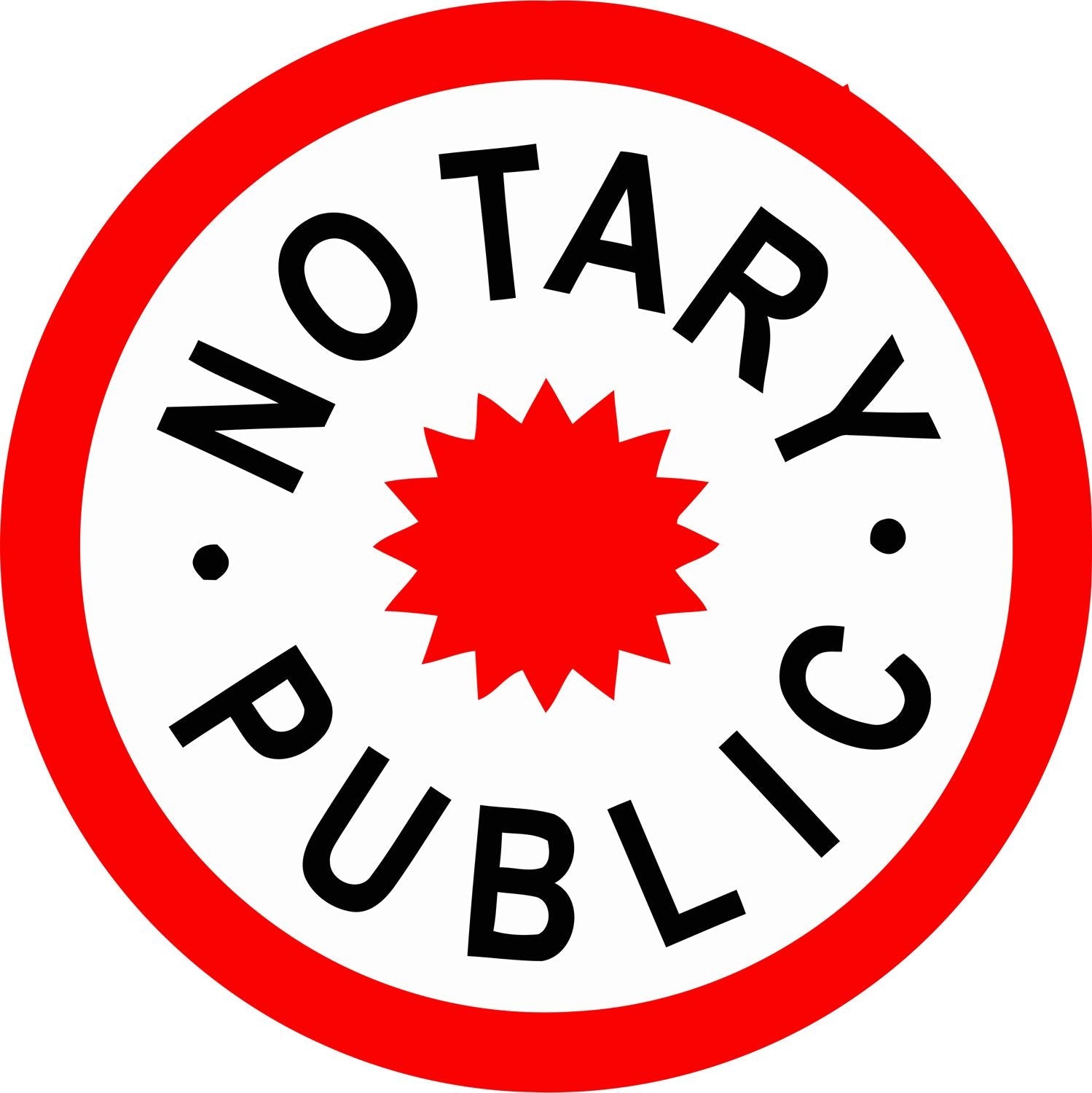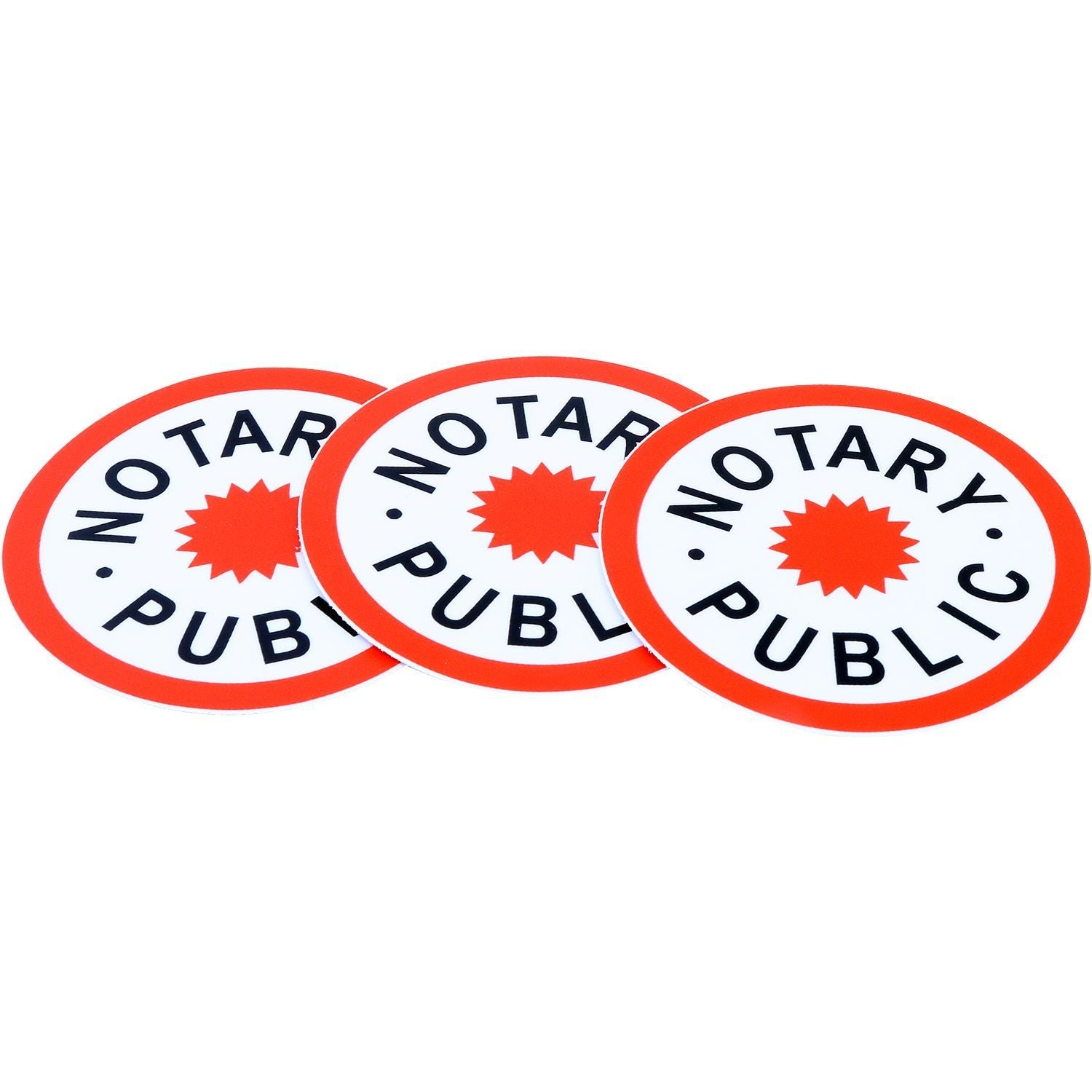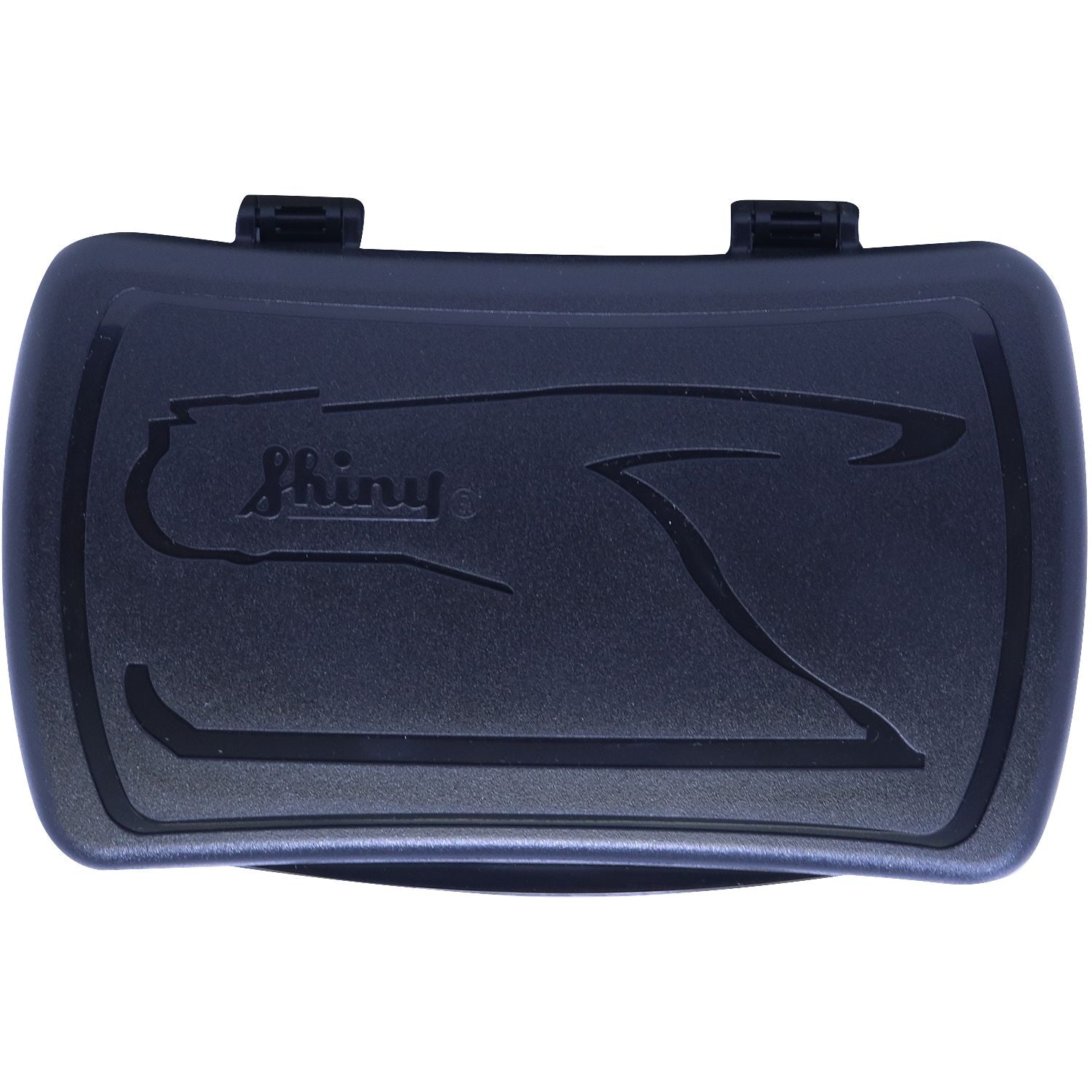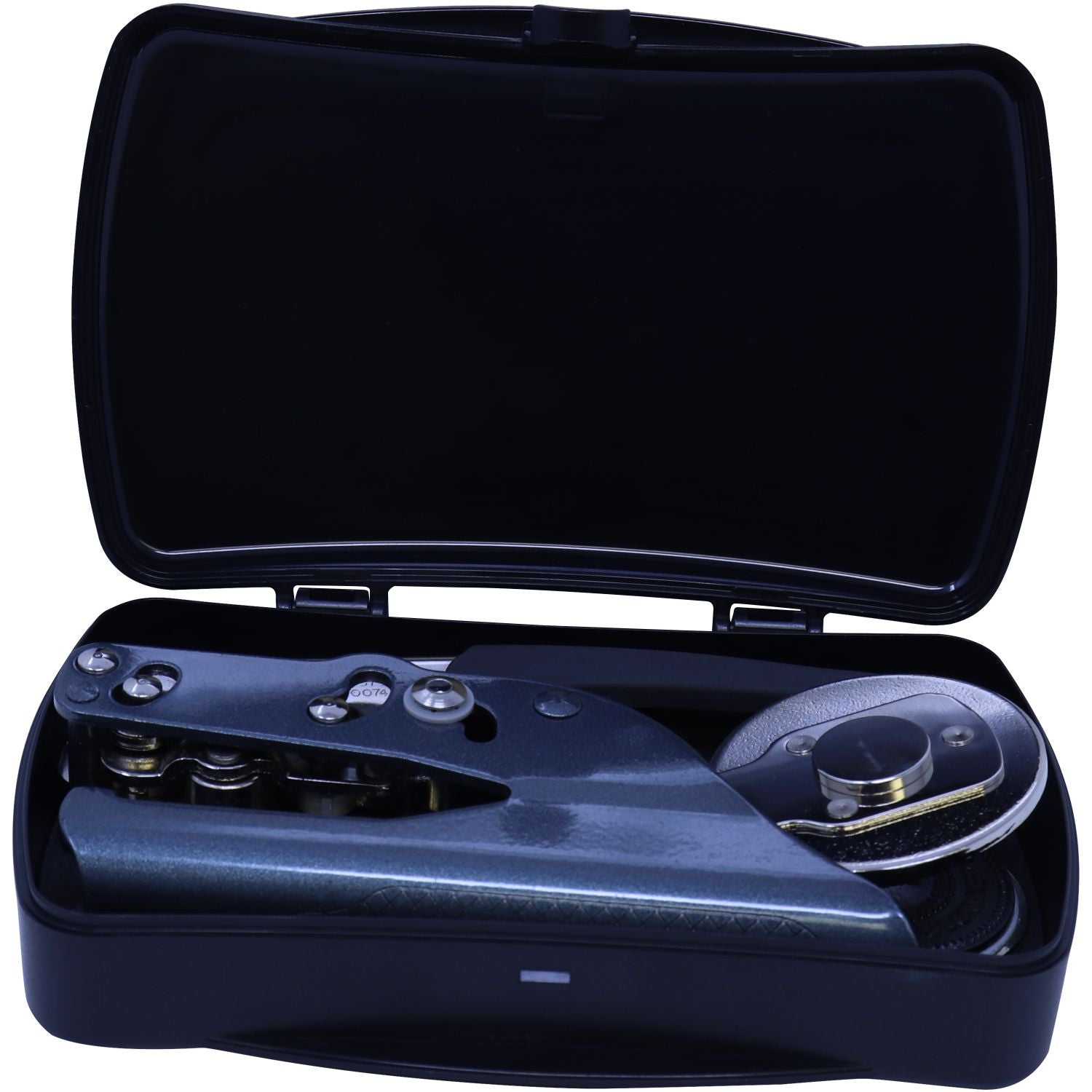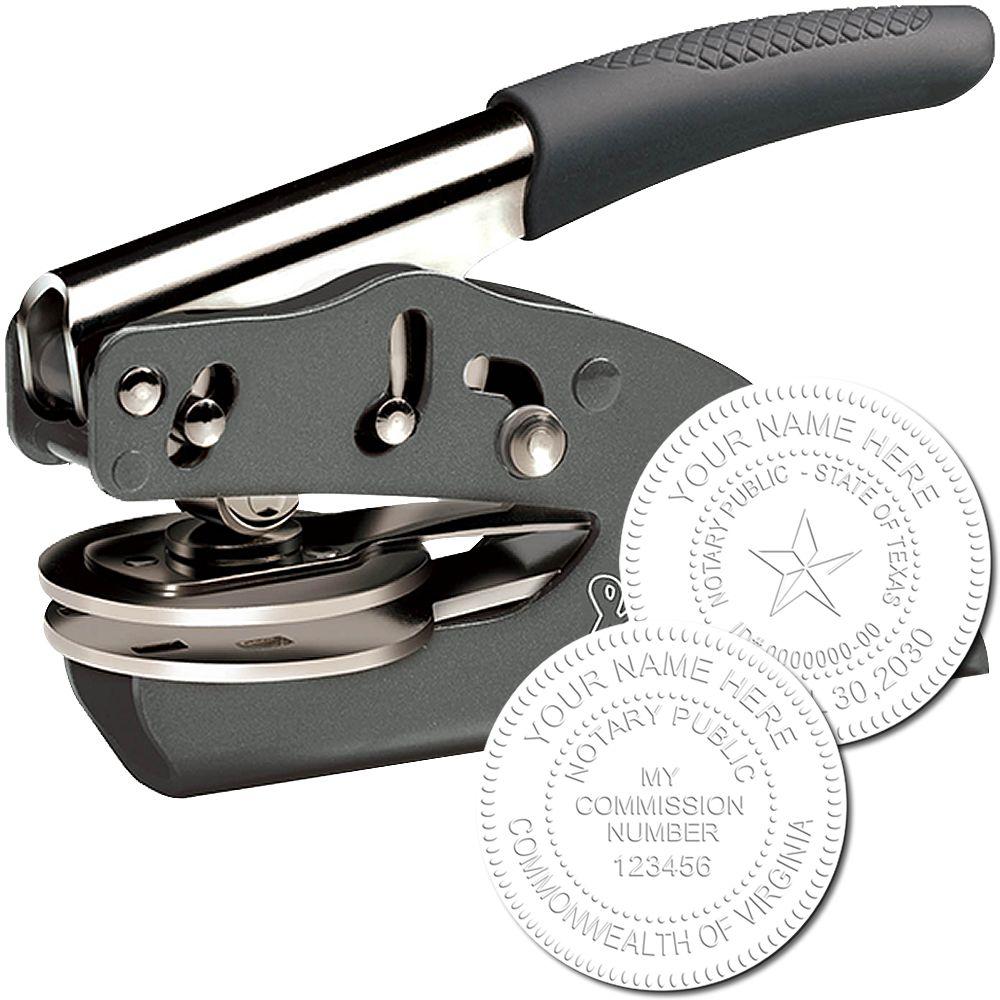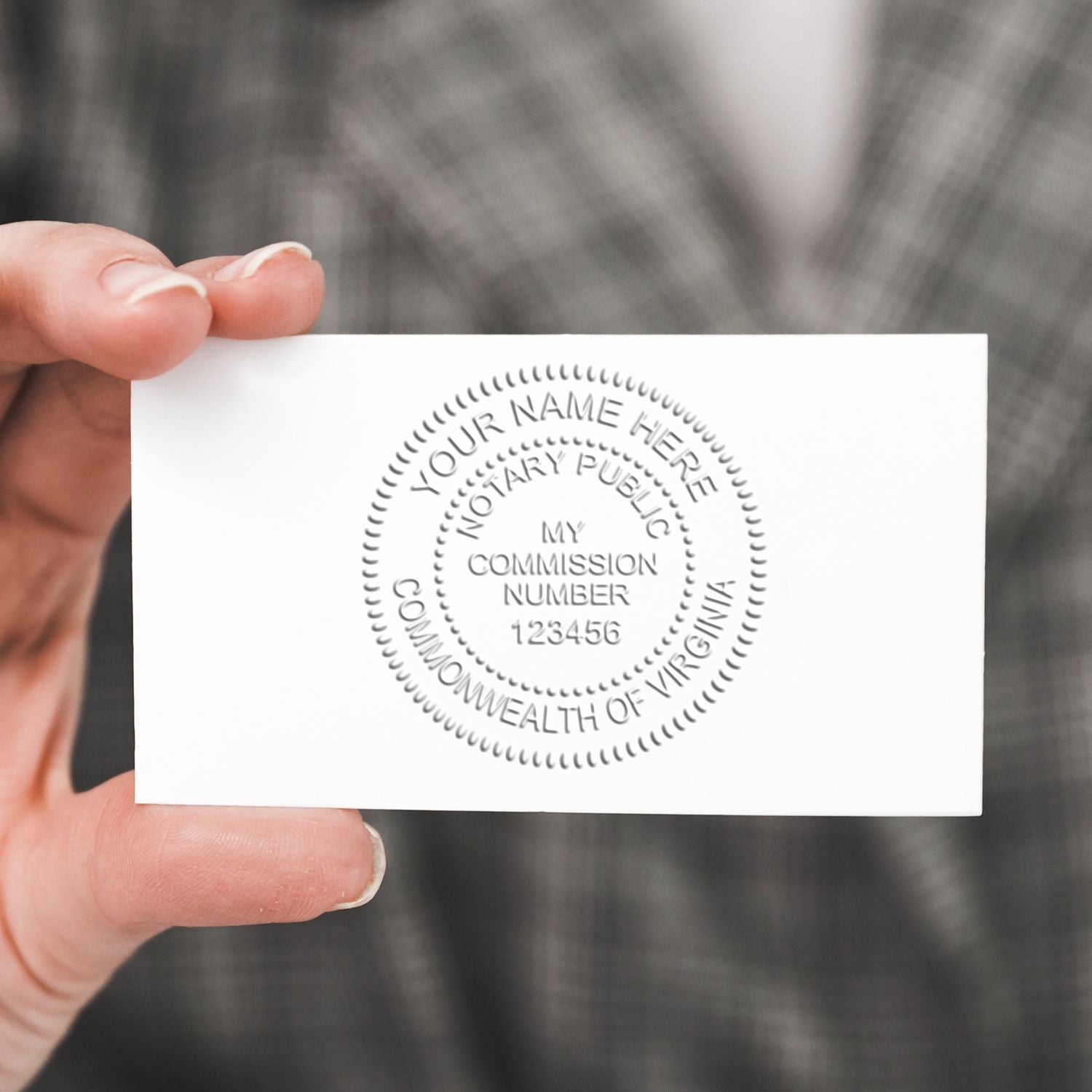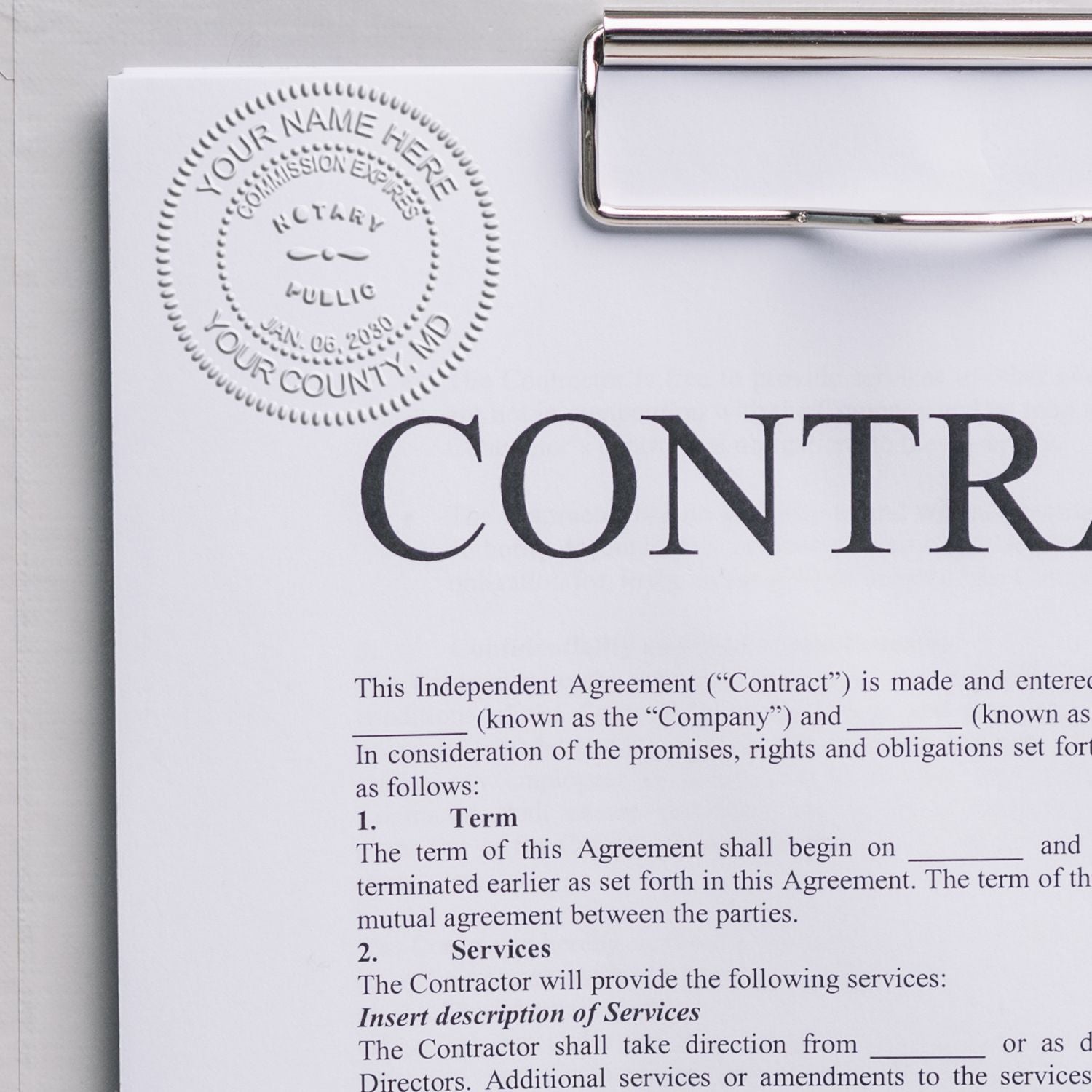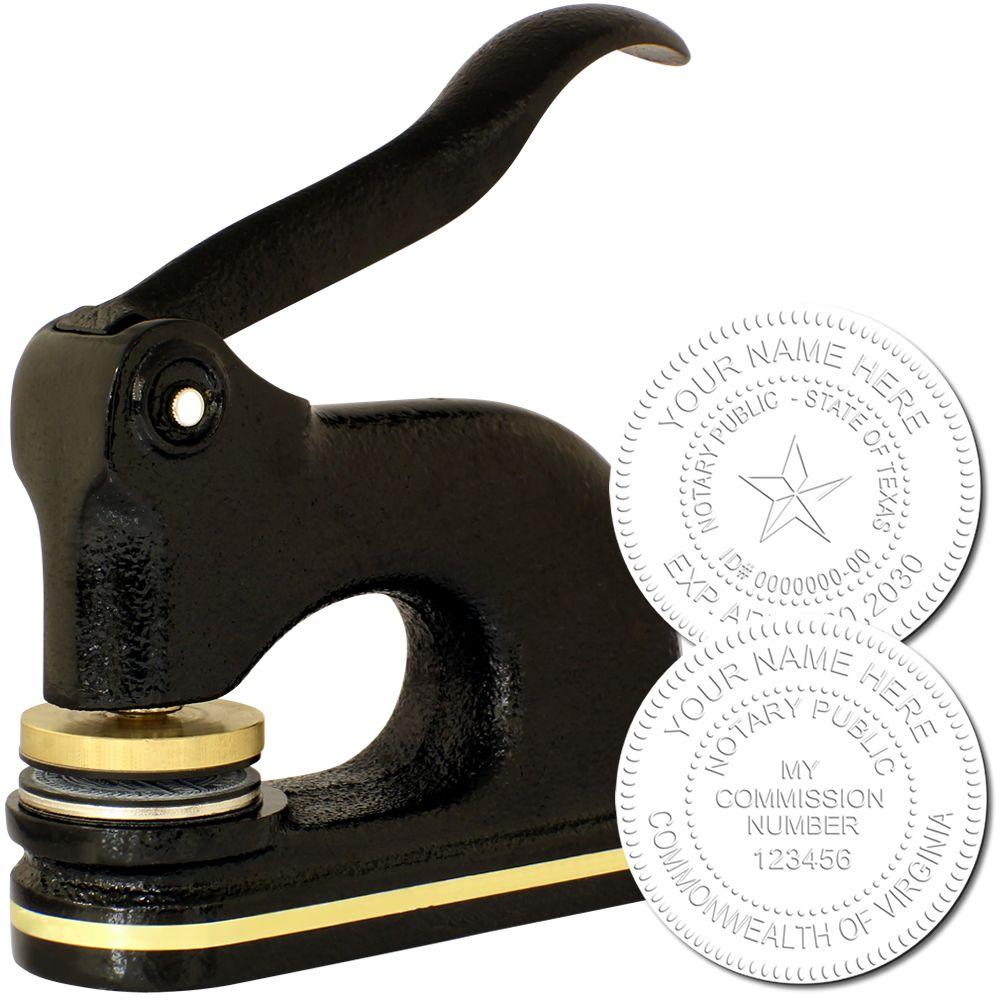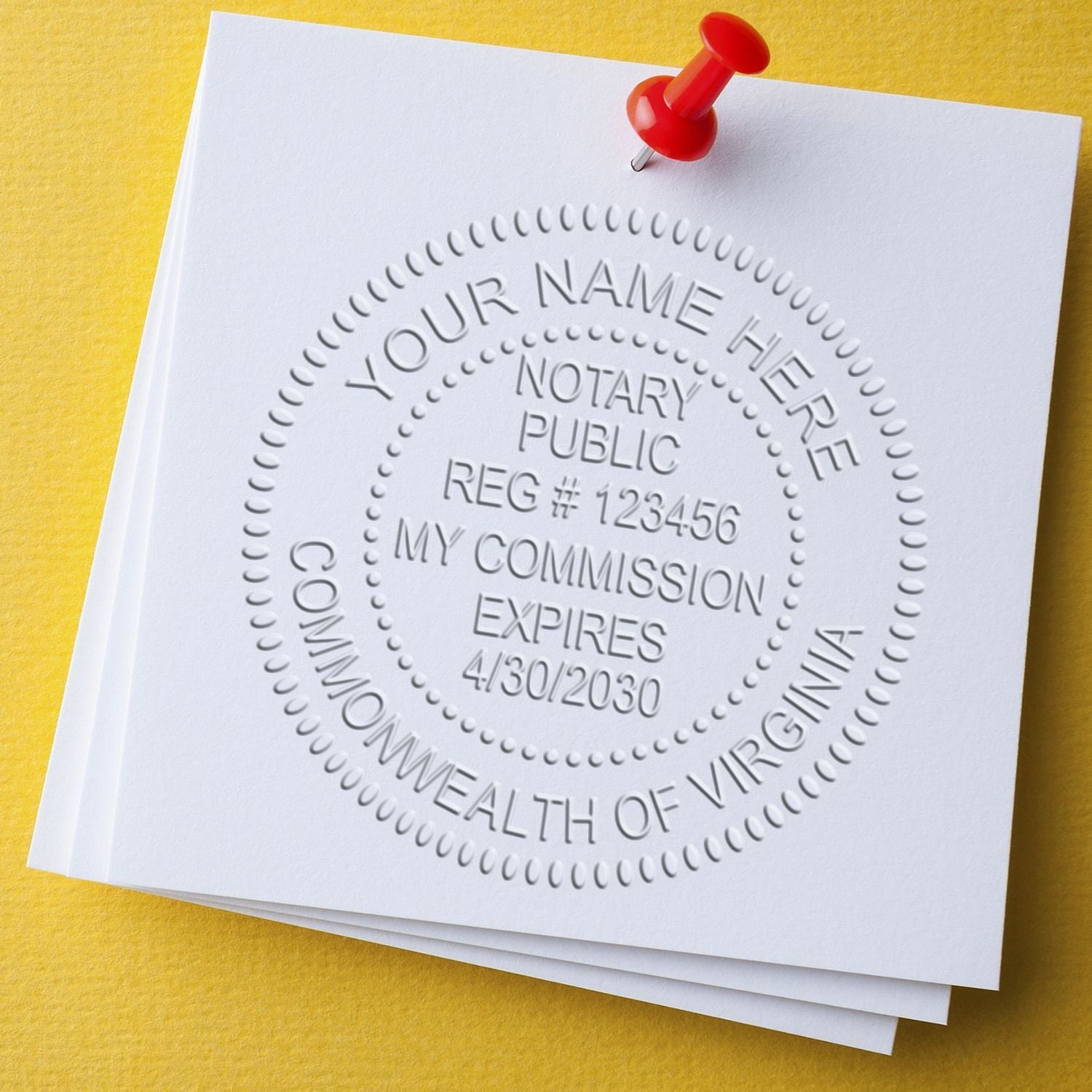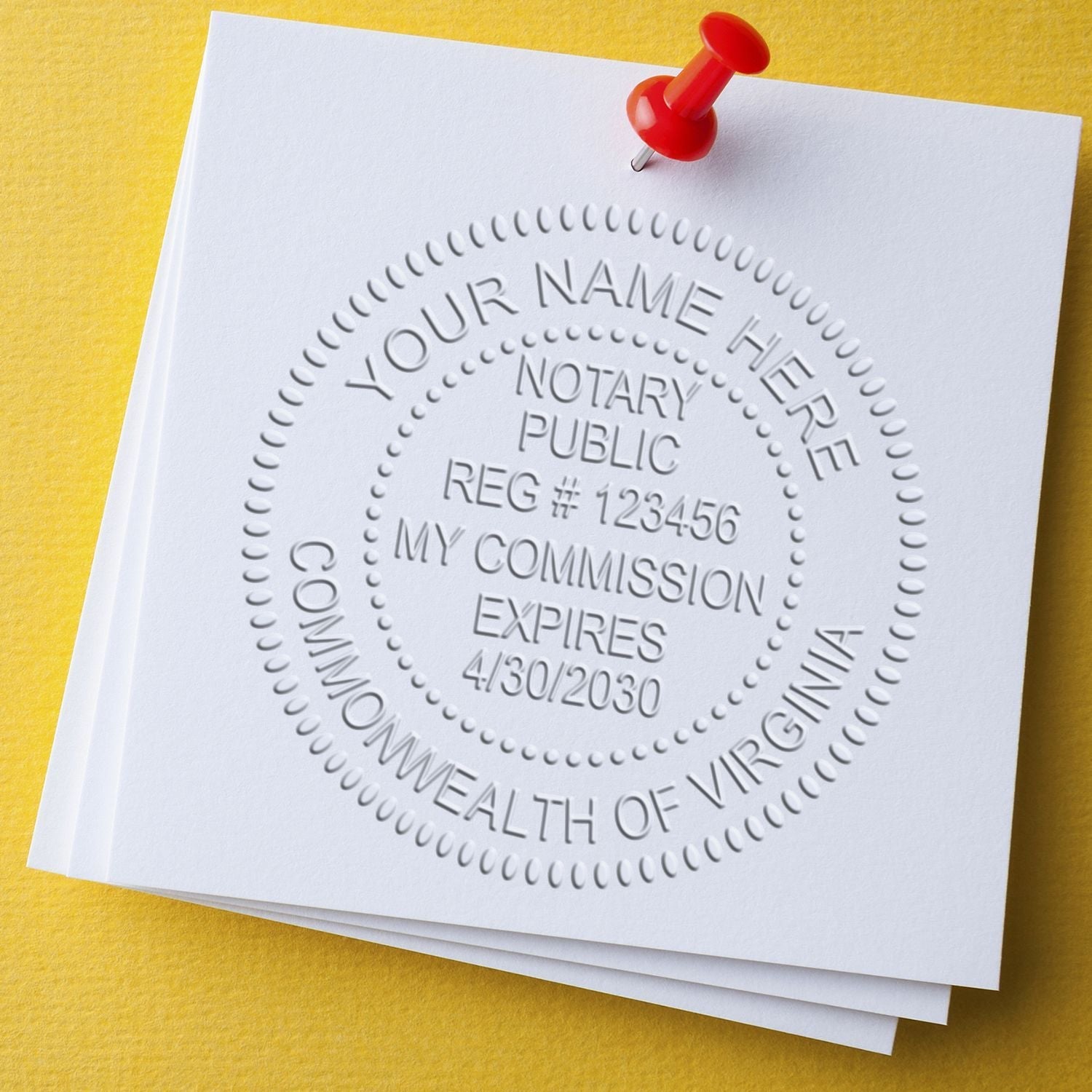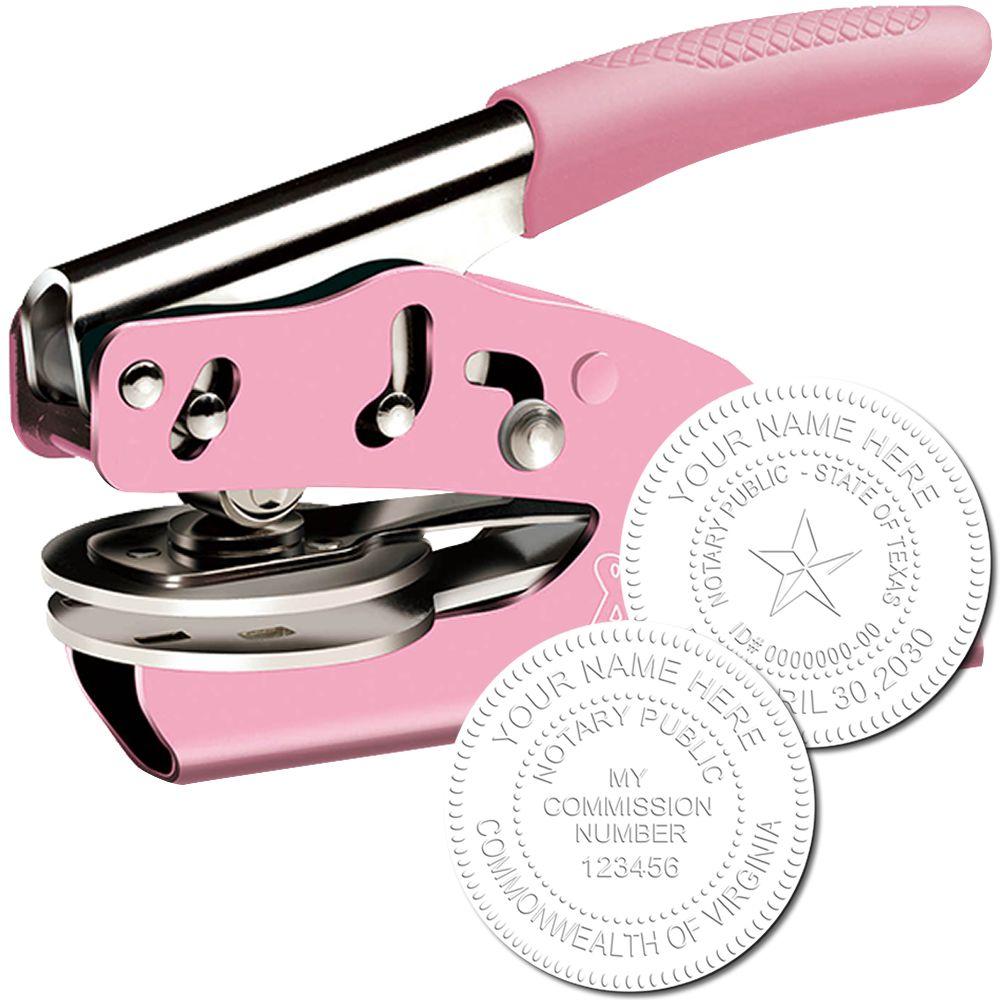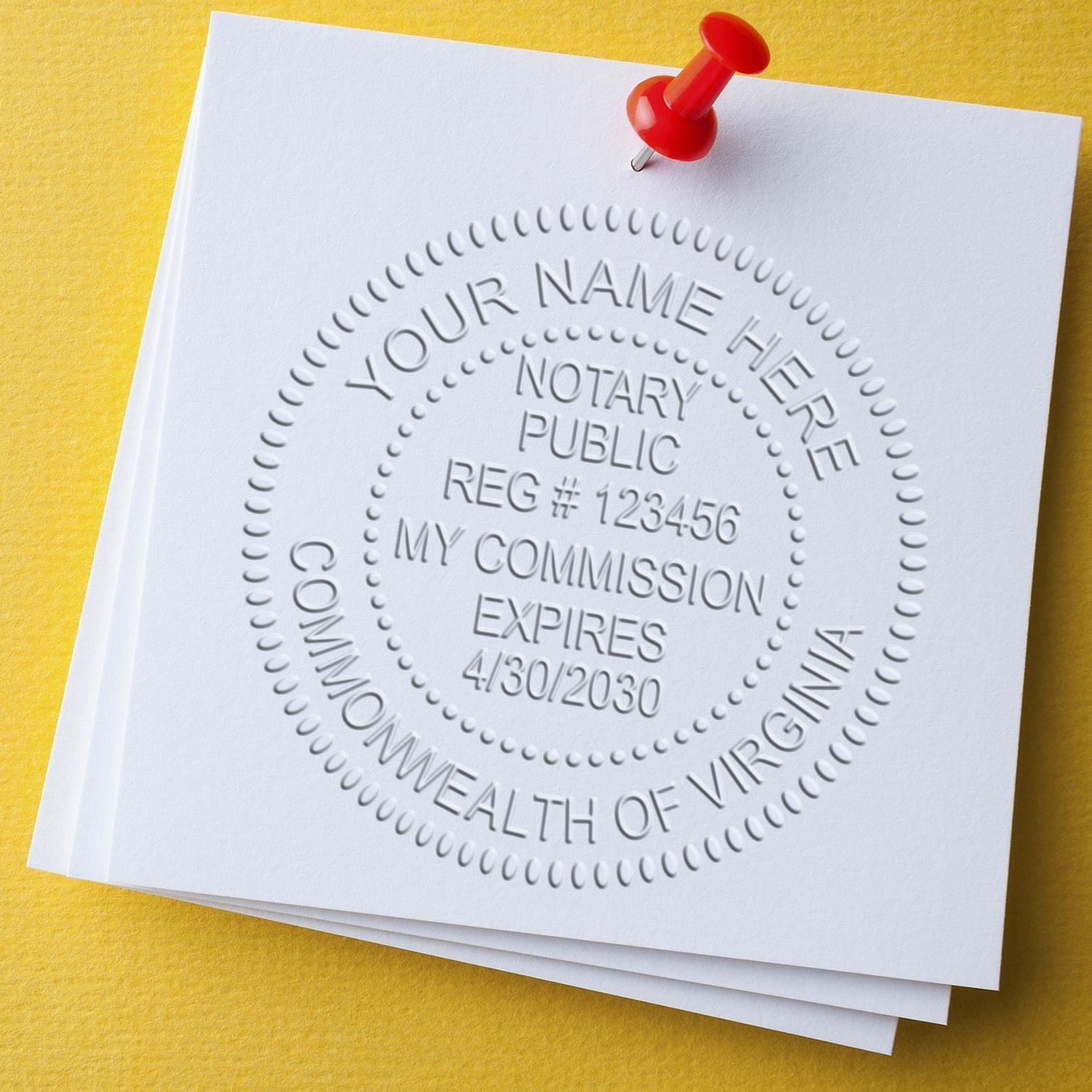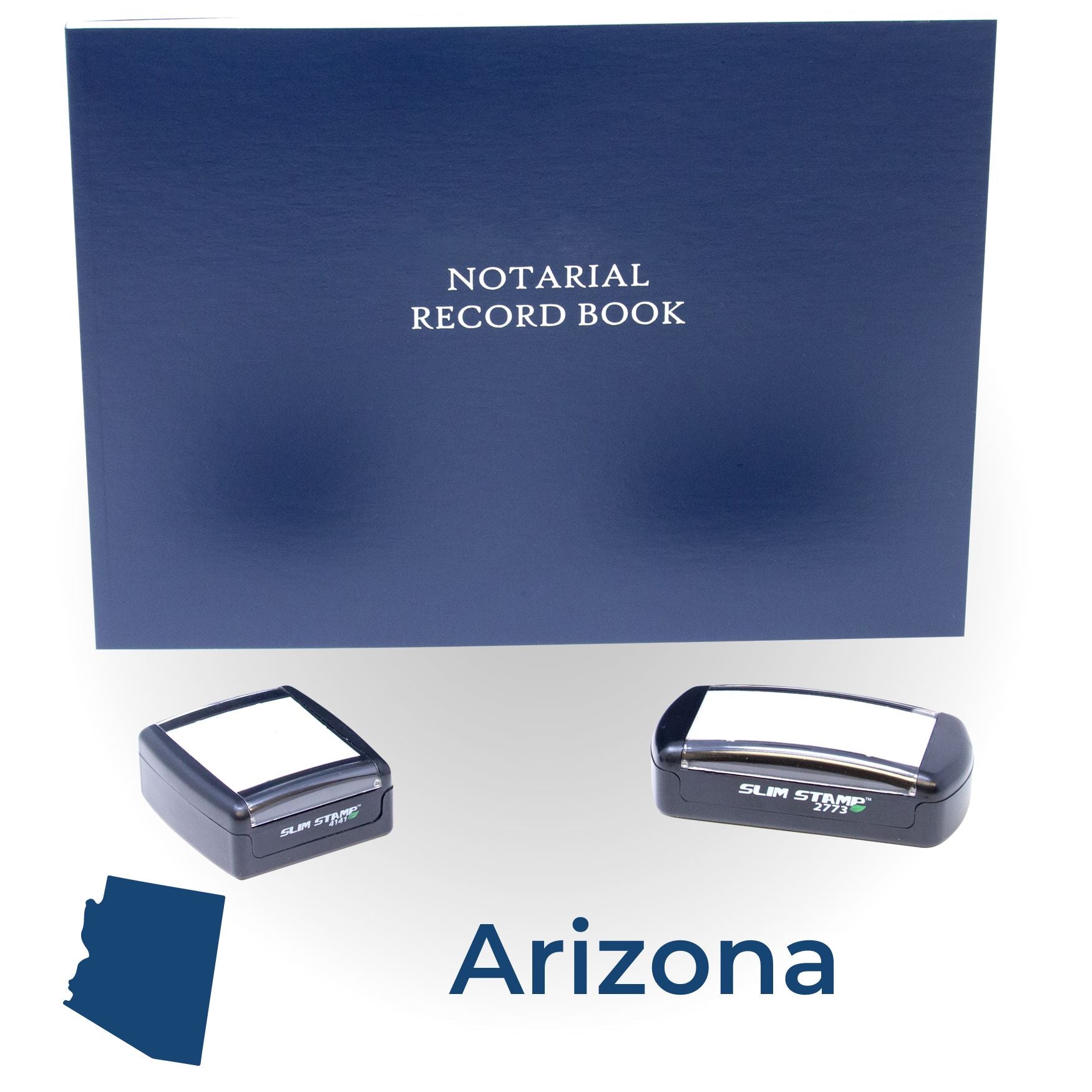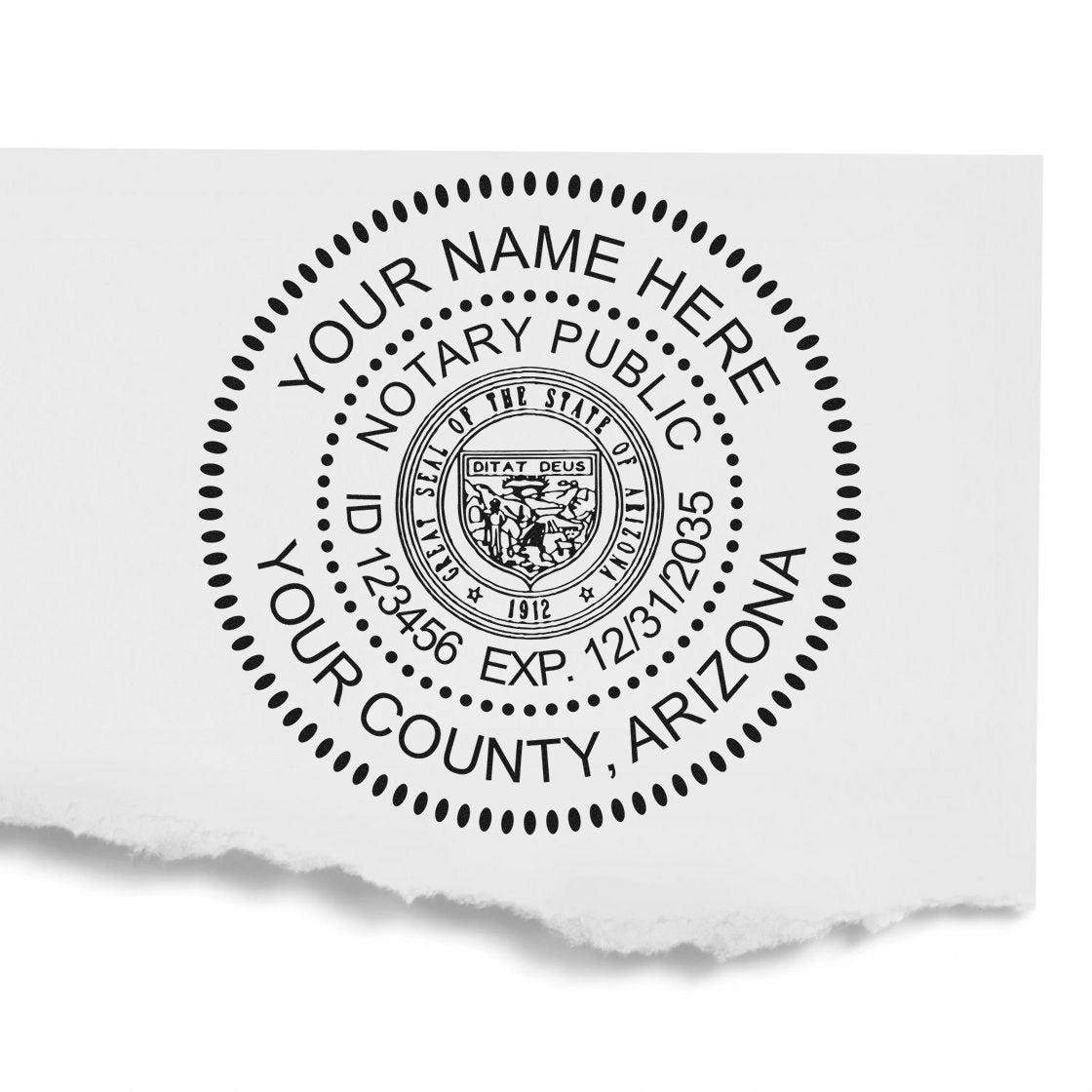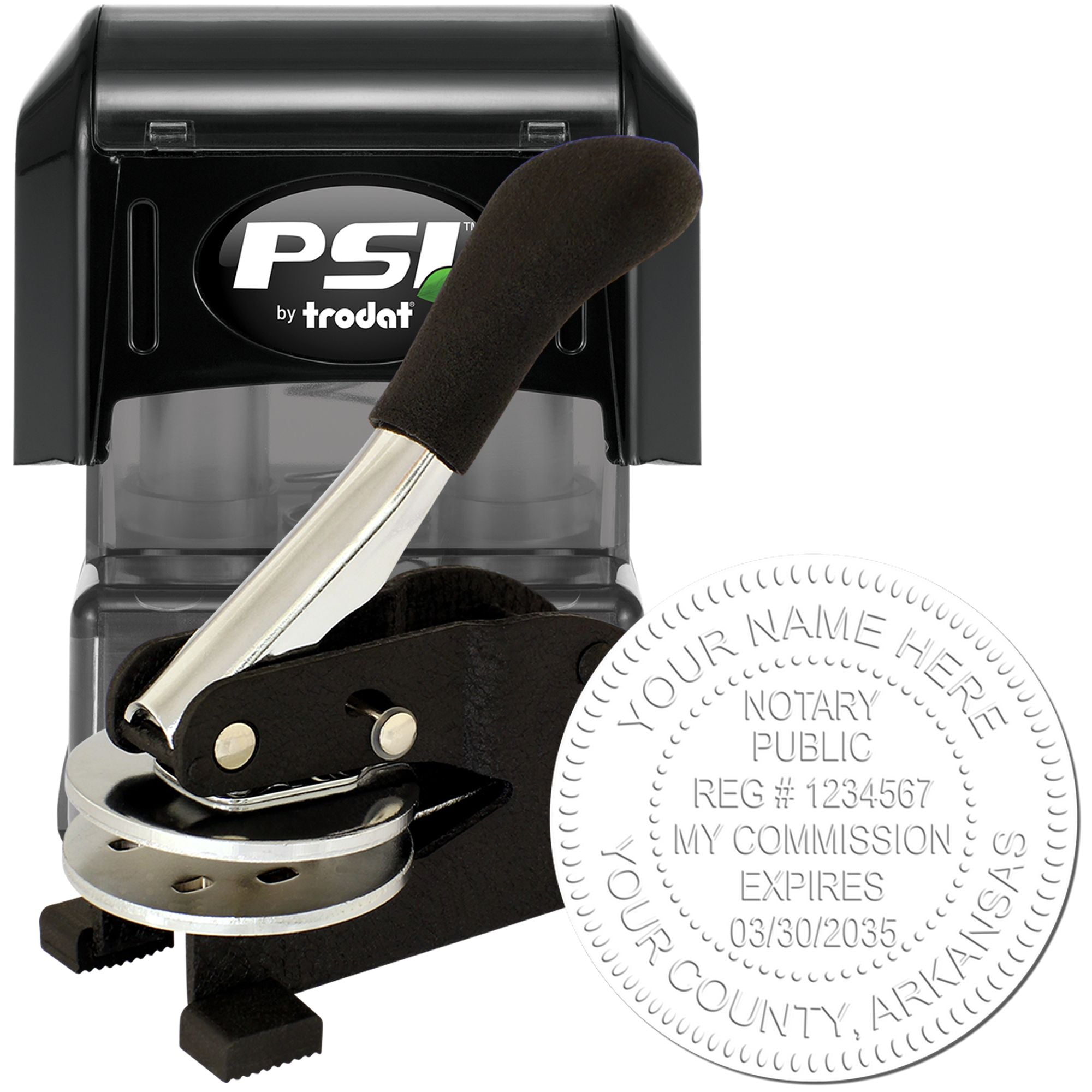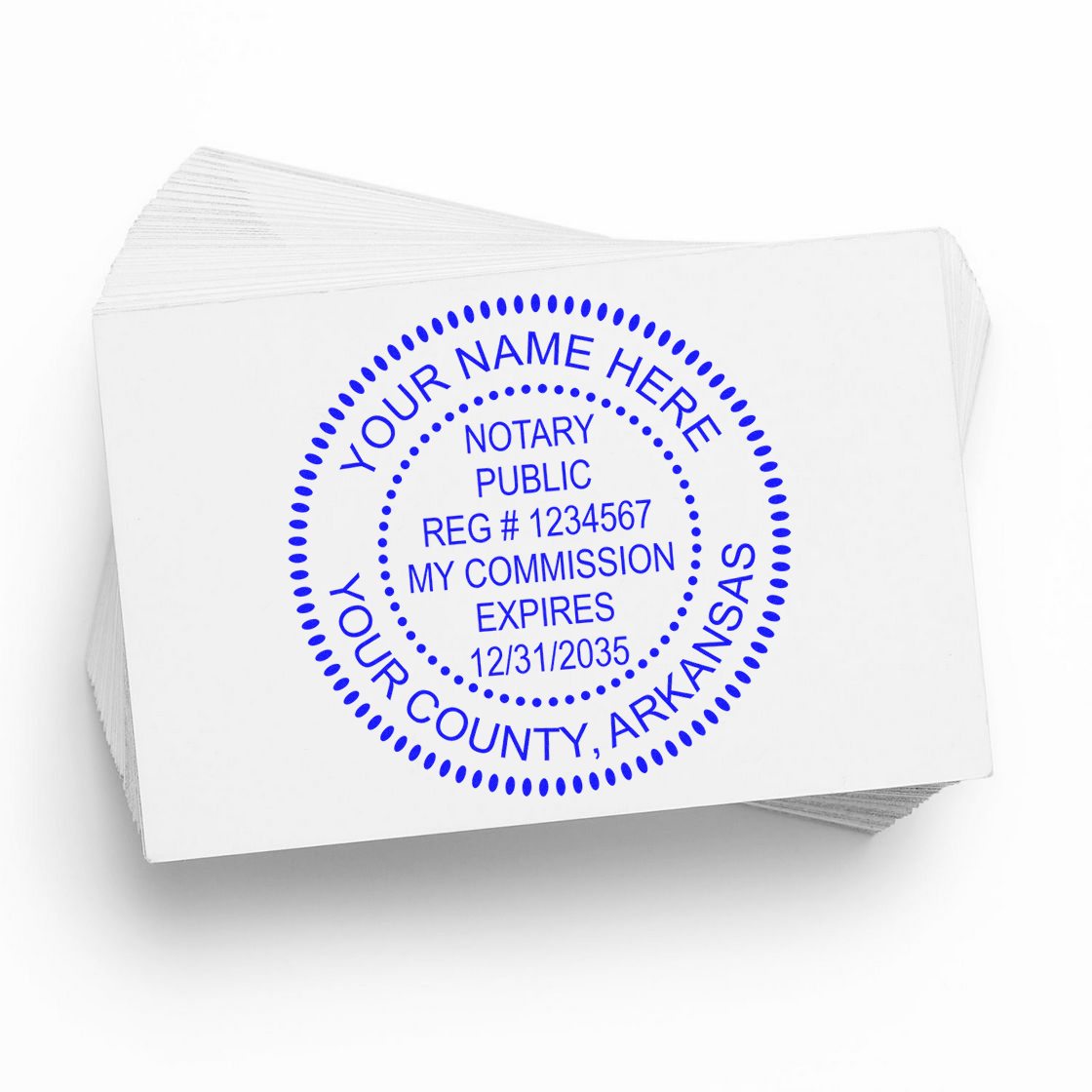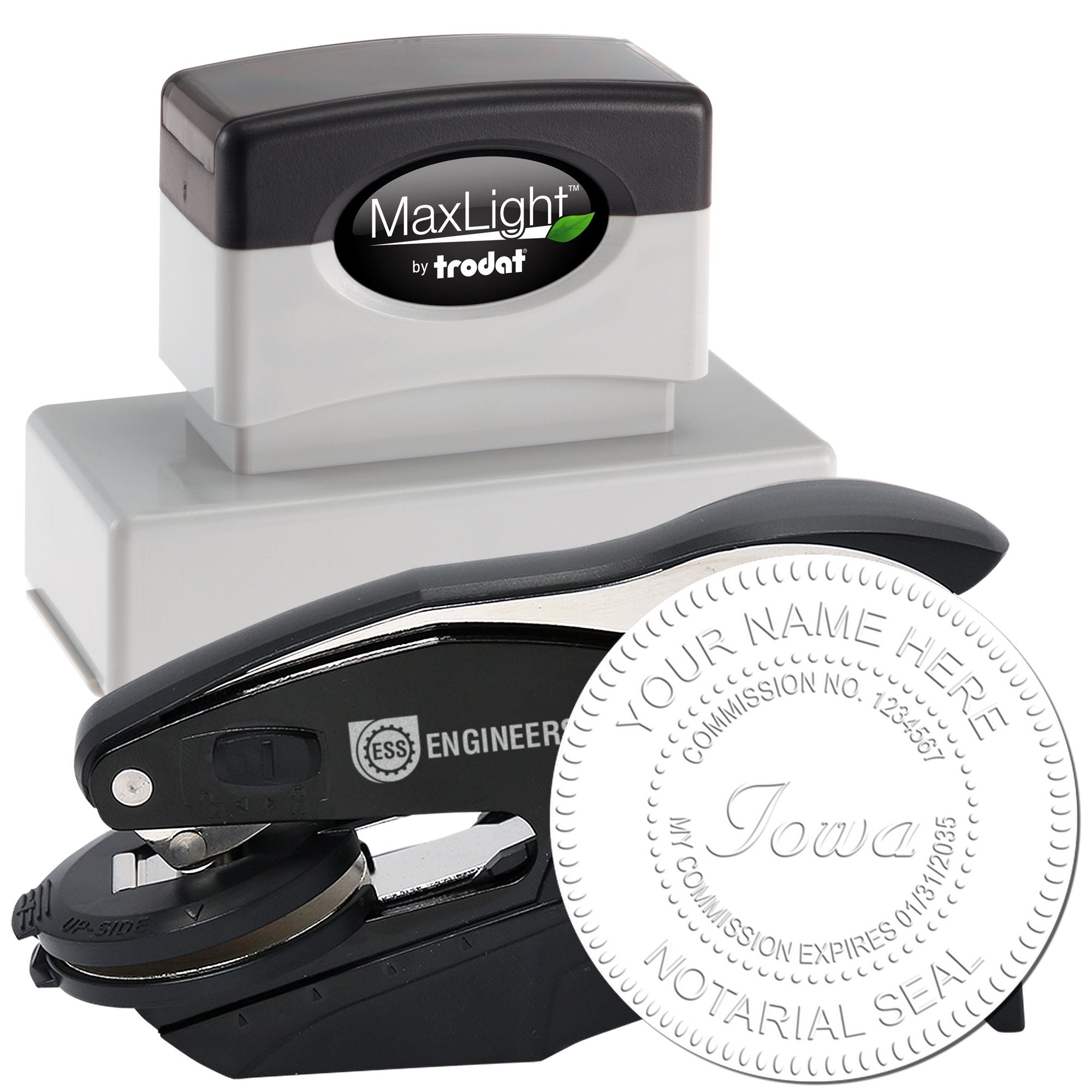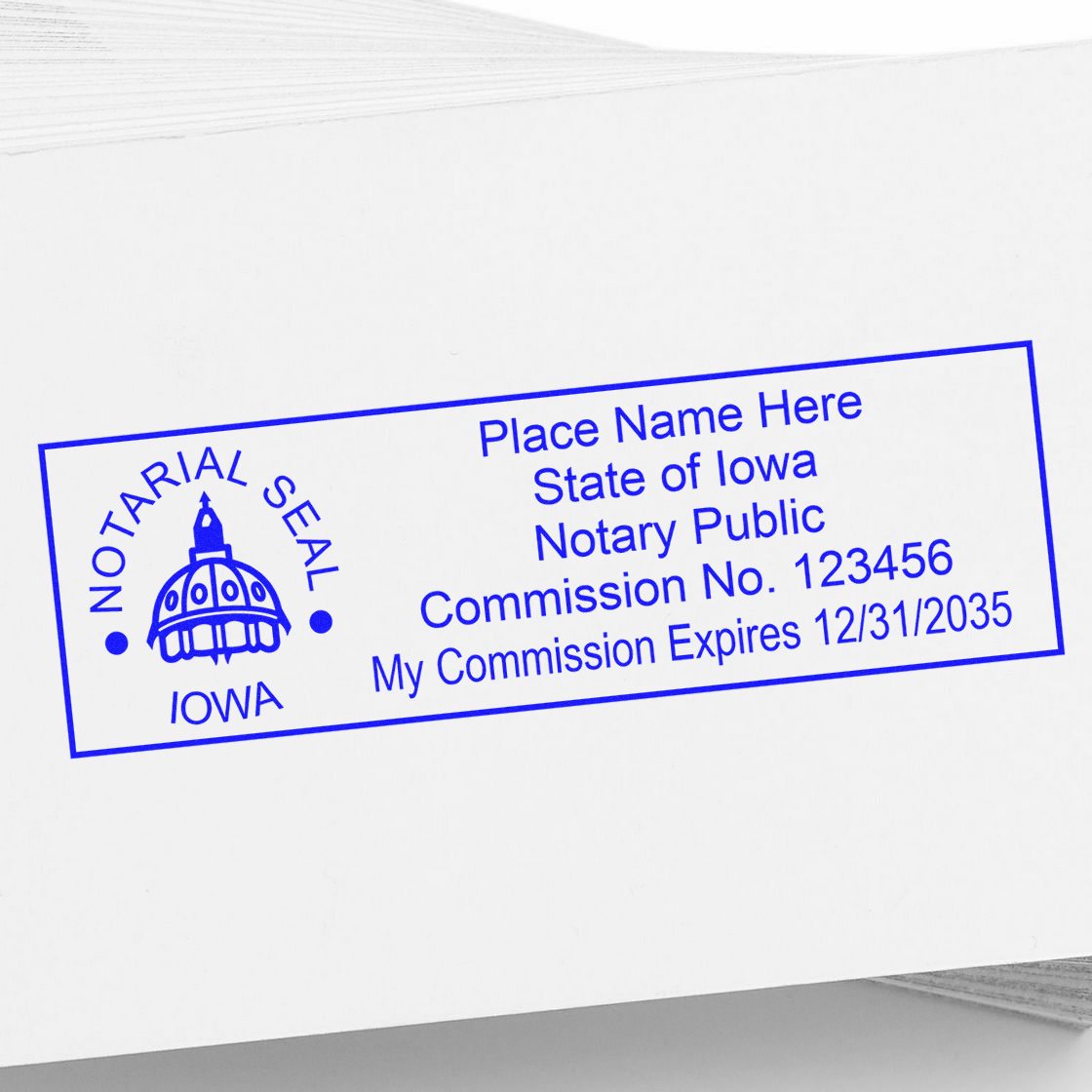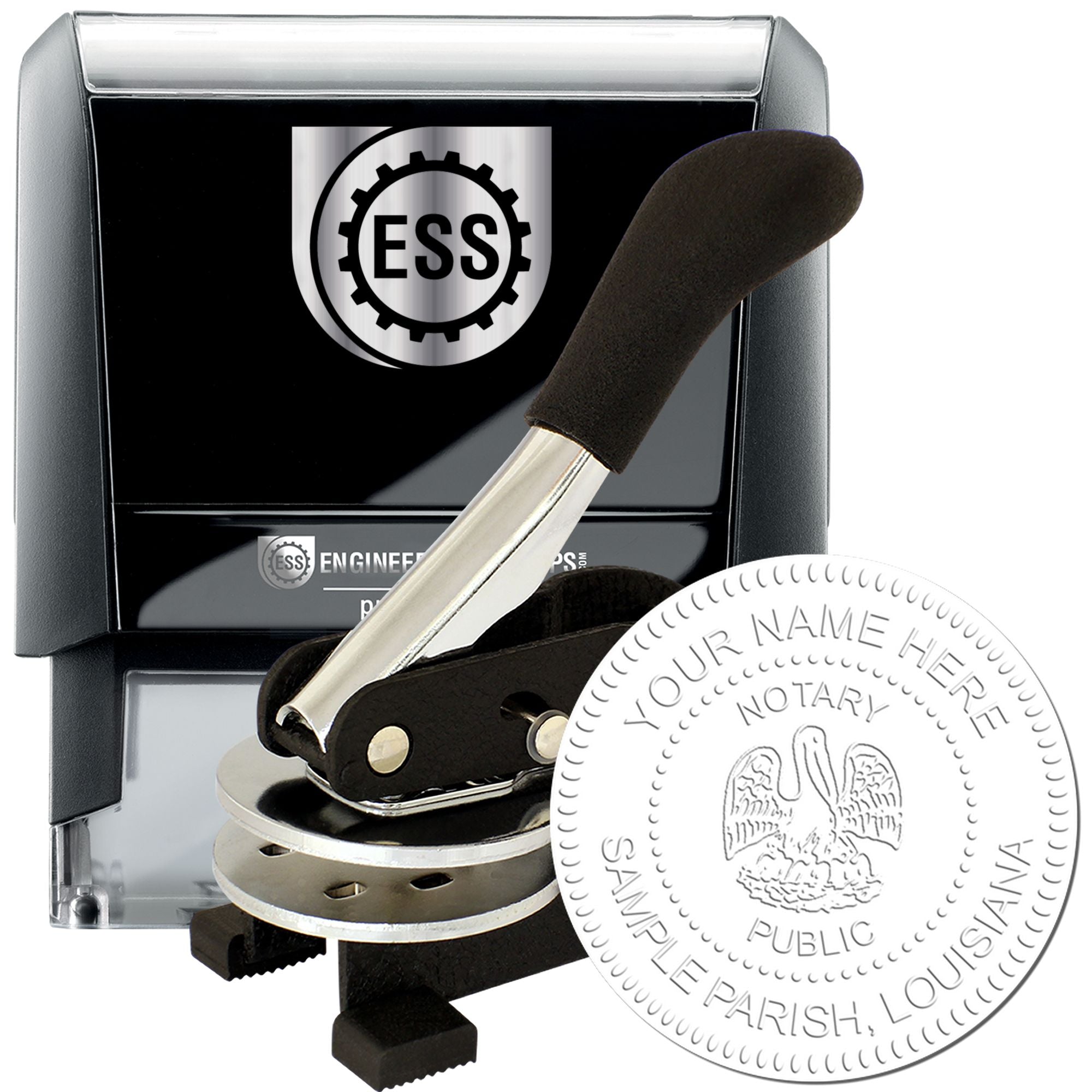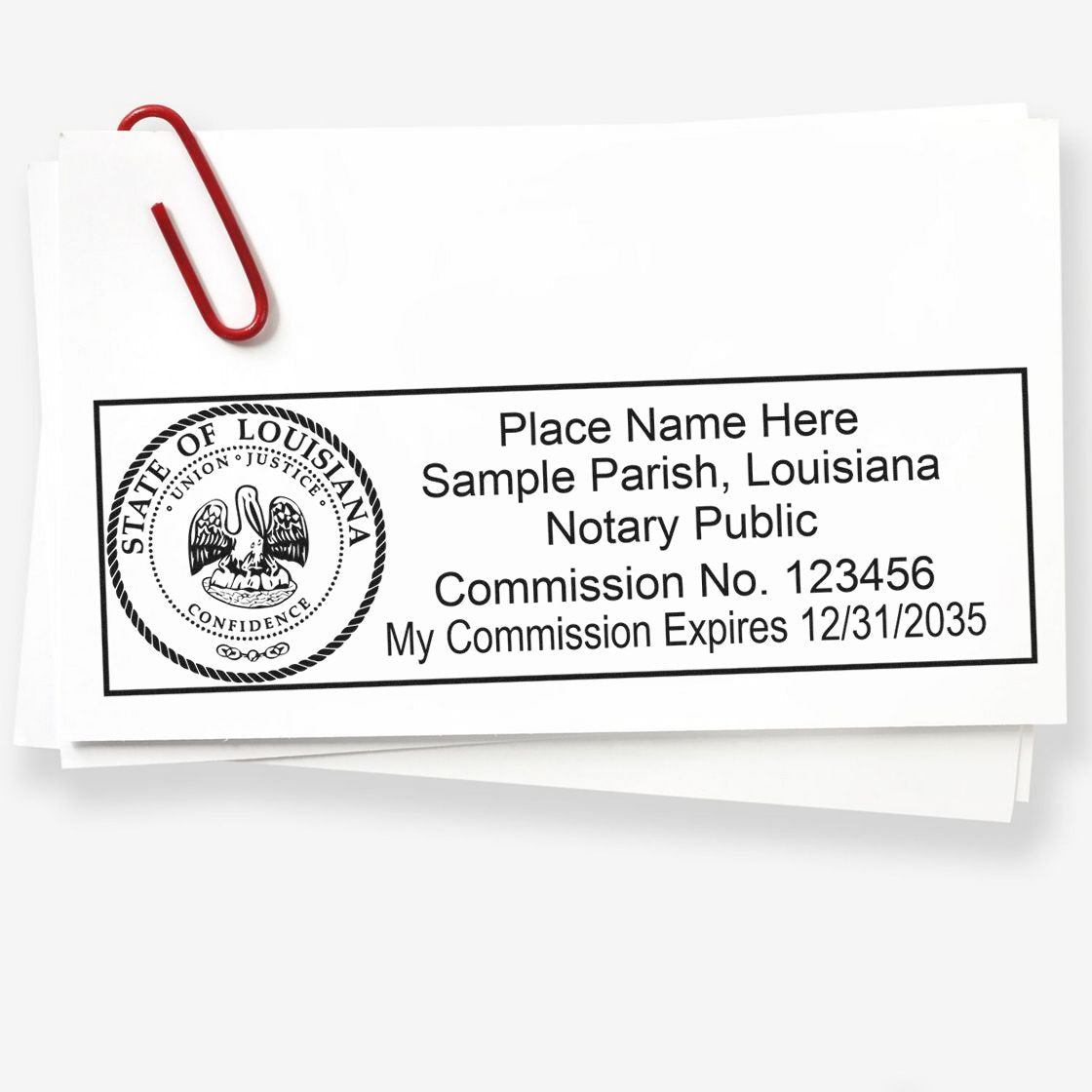Introduction to Notary Stamps and Seals
Notary stamps and seals play a vital role in the world of notarization, ensuring the authenticity and legality of important documents. Let's explore the role of notary stamps and seals and understand the importance of having a legible notary stamp.
The Role of Notary Stamps and Seals
Notary stamps and seals are essential tools used by notary publics to certify the validity of legal documents. When a document is notarized, it means that a notary public has verified the identity of the signatory and witnessed the signing. The notary stamp or seal is then affixed to the document, indicating that it has been properly notarized.
A notary stamp typically includes essential information such as the notary's name, commission number, expiration date, and the name of the state where the notary is commissioned. The stamp serves as an official mark of the notary's authority, giving the document credibility and ensuring its acceptance by courts, government agencies, and other entities.
Importance of Having a Legible Notary Stamp
Having a legible notary stamp is of utmost importance to ensure the authenticity and integrity of notarized documents. A clear and well-defined stamp impression makes it easier to identify the notary public responsible for the notarization and verify the validity of the document.
A legible notary stamp helps prevent any confusion or doubt regarding the authenticity of the notarized document, ensuring that it will be accepted without hesitation. It also helps protect against fraud or tampering, as any attempt to alter the stamped information would be easily detected.
To maintain a legible notary stamp, it's crucial to use high-quality notary stamp ink and ensure that the stamp is properly inked. Regular inspection and maintenance of the stamp, including cleaning and re-inking when necessary, will help maintain the legibility and functionality of the stamp.
Understanding the role of notary stamps and seals, as well as the importance of legibility, is essential for anyone involved in notarization processes. By adhering to the proper use and maintenance of notary stamps, we can uphold the integrity and trust associated with notarized documents.
Signs of a Running Low Notary Stamp
As a notary public, it's important to ensure that your notary stamp is always in optimal condition to create clear and legible imprints. Over time, notary stamps can run low on ink, resulting in fading impressions or incomplete and inconsistent imprints. Recognizing these signs is essential to maintaining the professionalism and integrity of your notary work.
Fading Impressions
One of the telltale signs of a running low notary stamp is fading impressions. Instead of producing a clear and crisp imprint, the ink may appear faint or patchy. Fading impressions can make it difficult to read important information such as dates, document numbers, or your notary commission details.
When encountering fading impressions, it's crucial to address the issue promptly. A faded notary stamp can raise concerns about the validity and authenticity of your notarized documents. Refilling or re-inking your notary stamp is necessary to ensure that your imprints are legible and comply with legal requirements.
Incomplete or Inconsistent Imprints
Another indication of a running low notary stamp is incomplete or inconsistent imprints. You may notice that certain parts of the stamp impression are missing or appear lighter than others. This can occur when the ink reservoir of your notary stamp is running low, resulting in insufficient ink coverage.
Incomplete or inconsistent imprints can undermine the credibility of your notarized documents. It's crucial to address this issue promptly to prevent any confusion or doubts about the validity of your stamps. Refilling or re-inking your notary stamp will help ensure that your imprints are consistent, complete, and meet the necessary legal standards.
By recognizing the signs of a running low notary stamp, such as fading impressions and incomplete or inconsistent imprints, you can take the necessary steps to address the issue. Refilling or re-inking your notary stamp will help maintain the quality and professionalism of your notary work, ensuring that your imprints are clear, legible, and compliant with legal requirements.
Refill Options for Notary Stamps
When your notary stamp starts running low on ink, it's essential to replenish it to ensure clear and legible imprints. There are several refill options available for notary stamps, each with its own advantages. Let's explore three common refill options: pre-inked notary stamps, self-inking notary stamps, and traditional rubber stamps with ink pads.
Pre-inked Notary Stamps
Pre-inked notary stamps are a popular choice among notaries. These stamps are pre-filled with ink, housed within the stamp itself. The ink is stored in a reservoir, which is then released onto the stamp pad when pressure is applied. Pre-inked notary stamps provide a clean and consistent imprint, and they are known for their high-quality and long-lasting performance.
To refill a pre-inked notary stamp, you typically need to purchase a replacement ink pad or cartridge specific to your stamp model. This allows you to easily replace the exhausted ink supply and continue using your stamp. Be sure to follow the manufacturer's instructions for proper installation and ink pad replacement.
Self-inking Notary Stamps
Self-inking notary stamps are another convenient option for refilling your stamp. These stamps have an integrated ink pad that automatically re-inks the stamp after each impression. They are designed to provide consistent and crisp imprints with minimal effort.
Refilling a self-inking notary stamp is typically done by replacing the ink pad. The ink pads are available in various colors and can be purchased separately to match your stamp's requirements. Follow the manufacturer's instructions to remove the old ink pad and insert the new one correctly.
Traditional Rubber Stamp with Ink Pad
Traditional rubber stamps with ink pads provide a more traditional and customizable option for notary stamping. These stamps consist of a rubber die mounted on a wooden or plastic handle. To refill the ink, the stamp is pressed onto a separate ink pad, which saturates the rubber die with ink before imprinting.
Refilling a traditional rubber stamp is as simple as applying ink to the ink pad. Ink pads are available in different sizes and colors, allowing you to choose the one that suits your needs. It's important to ensure that the ink pad is properly saturated with ink to achieve clear and legible imprints.
When deciding on a refill option for your notary stamp, consider factors such as ease of use, durability and longevity, and cost and availability of ink refills. Choose a refill option that aligns with your preferences and requirements to keep your notary stamp running smoothly.
To learn more about notary stamps and seals, explore our informative articles on notary stamps and notary seals.
Factors to Consider When Choosing a Refill Option
When it comes to choosing a refill option for your notary stamp, there are several important factors to consider. These factors can help you make an informed decision based on your specific needs and preferences. The key factors to consider are ease of use, durability and longevity, and cost and availability.
Ease of Use
One of the primary considerations when choosing a refill option for your notary stamp is its ease of use. You want a refill option that is convenient and straightforward to use, allowing you to quickly refill your stamp without any hassle. Some refill options, such as pre-inked and self-inking stamps, offer a user-friendly design that eliminates the need for a separate ink pad. These options typically provide a smooth and seamless stamping experience, making them popular choices among notaries. However, if you prefer a traditional rubber stamp with an ink pad, it's important to ensure that the refill process is easy and doesn't require complex steps.
Durability and Longevity
Another important factor to consider is the durability and longevity of the refill option. You want a refill that provides long-lasting performance and maintains the quality of your notary stamp. Some refill options, such as pre-inked and self-inking stamps, are designed to last for thousands of impressions before needing a refill. These options often use high-quality ink that resists drying out and provides consistent, clear impressions. On the other hand, traditional rubber stamps with an ink pad may require more frequent re-inking, but they can also be a cost-effective option if you are not a heavy user.
Cost and Availability
Cost and availability are also significant factors to consider when choosing a refill option for your notary stamp. It's important to assess the ongoing costs of refills and ensure that they fit within your budget. Some refill options, like pre-inked stamps, may initially be more expensive than traditional rubber stamps, but they often offer a higher number of impressions per refill, making them cost-effective in the long run. Additionally, consider the availability of refills for your chosen stamp type. You want to ensure that the refills are readily available when you need them, either from local office supply stores or online retailers.
By considering these factors - ease of use, durability and longevity, and cost and availability - you can make an informed decision when choosing a refill option for your notary stamp. Each option has its own advantages, so it's important to assess your specific requirements and preferences to find the refill option that best suits your needs. Remember to regularly check and maintain your notary stamp to ensure it remains properly inked and provides clear and professional impressions.
Refilling Your Notary Stamp
If your notary stamp is running low on ink, it's important to know how to properly refill it to ensure smooth and legible imprints. The steps for refilling a notary stamp will depend on the type of stamp you have. In this section, we will outline the steps for refilling both pre-inked and self-inking stamps, as well as re-inking a traditional rubber stamp.
Steps for Refilling a Pre-inked or Self-inking Stamp
Refilling a pre-inked or self-inking notary stamp is a relatively simple process. Here are the steps to follow:
-
Purchase the correct ink: Ensure that you purchase ink specifically designed for the type of stamp you have. Using the wrong ink can result in poor-quality imprints or damage to the stamp.
-
Prepare the stamp: Remove the stamp from its holder or casing. For pre-inked stamps, gently push the stamp surface back into the ink pad to expose the ink reservoir. For self-inking stamps, retract the stamping die completely.
-
Apply the ink: Carefully apply a few drops of ink onto the ink pad or directly into the ink reservoir. Be mindful not to over-ink the stamp, as this can lead to messy imprints.
-
Spread the ink: If using a pre-inked stamp, use a spatula or a clean, non-shedding cloth to spread the ink evenly across the ink pad. For self-inking stamps, gently press the stamping die onto a clean surface a few times to distribute the ink.
-
Test the stamp: Press the stamp onto a piece of paper to ensure that the ink is evenly distributed and the imprint is clear. If necessary, repeat steps 3 and 4 until you achieve the desired imprint.
Steps for Re-inking a Traditional Rubber Stamp
Re-inking a traditional rubber notary stamp requires a slightly different approach. Follow these steps to re-ink your stamp:
-
Choose the right ink: Select an ink pad or bottle of ink that is compatible with rubber stamps. Make sure to choose an ink color that meets the requirements of your jurisdiction.
-
Prepare the stamp: Remove the stamp from its holder or casing and place it on a clean, flat surface. Ensure that the stamp is clean and free from any previous ink residue.
-
Apply the ink: Gently tap the ink pad onto the rubber surface of the stamp, ensuring that the entire design area is covered with ink. If using a bottle of ink, apply a few drops onto the ink pad and spread it evenly with a spatula.
-
Stamp a test imprint: Press the stamp onto a piece of paper to check the quality of the imprint. If the imprint appears faint or uneven, repeat steps 3 and 4 until you achieve a clear and legible imprint.
Remember to follow the manufacturer's instructions provided with your notary stamp for specific guidance on refilling or re-inking. Properly maintaining a well-inked notary stamp is essential for producing professional and legally valid imprints. For more information on notary stamps and seals, check out our article on notary stamps and notary seals.
Maintaining a Properly Inked Notary Stamp
To ensure that your notary stamp consistently produces clear and legible impressions, proper cleaning and maintenance are essential. By following a few simple cleaning and care tips, as well as learning how to troubleshoot common issues, you can keep your notary stamp in optimal condition.
Cleaning and Care Tips for Notary Stamps
Regular cleaning is crucial for maintaining a properly inked notary stamp. Here are some tips to keep in mind:
-
Use a dry cloth or tissue to gently wipe away any excess ink from the stamp after each use. This helps prevent ink buildup and ensures a clean impression.
-
For a more thorough cleaning, dampen a cloth or sponge with mild soap and water. Gently wipe the stamp surface, being careful not to saturate it. Dry the stamp thoroughly before using it again.
-
Avoid using harsh chemicals or abrasive cleaners, as they can damage the stamp surface and affect the quality of the impression.
-
Store your notary stamp in a cool, dry place to protect it from excessive heat, humidity, and direct sunlight. This helps maintain the integrity of the stamp and prevents ink from drying out.
Troubleshooting Common Issues
Even with proper care, you may encounter some common issues with your notary stamp. Here are a few troubleshooting tips:
-
Blurry or smudged impressions: If your stamp is producing blurry or smudged impressions, check if the stamp surface is clean and free from ink buildup. Wipe it gently with a dry cloth or tissue to remove any excess ink. Make sure you are applying consistent and even pressure when stamping.
-
Uneven or incomplete impressions: If your stamp is not producing a complete imprint, it may indicate that the ink pad needs to be re-inked or replaced. Refer to the manufacturer's instructions or consult our article on notary stamp replacement for guidance.
-
Drying out of ink: If you notice that the ink in your notary stamp is drying out or becoming faint, it's time to refill or replace the ink pad. Different types of notary stamps have specific refill options, such as pre-inked or self-inking stamps. Consult our article on notary stamp ink for more information on ink types and refilling options.
By following these cleaning and care tips, as well as troubleshooting common issues, you can maintain a properly inked notary stamp. Remember, a well-maintained stamp ensures that your notarizations are professional, legible, and compliant with legal requirements.
Conclusion
Ensuring that your notary stamp is properly inked is essential for any notary public. When your notary stamp starts running low on ink, it's important to explore your refill options to keep your business running smoothly. By understanding the signs of a running low notary stamp and considering the various refill options available, you can make an informed decision that suits your needs.
If you notice fading impressions or incomplete and inconsistent imprints from your notary stamp, it's a clear indication that it's time for a refill. Refilling your notary stamp is a cost-effective solution compared to purchasing a completely new stamp.
There are three popular refill options for notary stamps: pre-inked notary stamps, self-inking notary stamps, and traditional rubber stamps with ink pads. Each option has its own advantages and considerations. Pre-inked notary stamps and self-inking notary stamps offer convenience and ease of use, while traditional rubber stamps with ink pads provide flexibility and longevity. Consider factors such as ease of use, durability, longevity, and cost when selecting the refill option that best suits your needs.
Once you have chosen the refill option, make sure to follow the appropriate steps for refilling your notary stamp. For pre-inked or self-inking stamps, refer to the instructions provided by the manufacturer. If you have a traditional rubber stamp, re-inking it with a fresh ink pad is necessary.
To maintain a properly inked notary stamp, it's important to clean and care for it regularly. Cleaning your notary stamp with a mild detergent and soft cloth can help remove any ink residue and prolong its lifespan. In case you encounter any issues with your notary stamp, troubleshooting tips can help you identify and resolve common problems.
Remember, a legible and properly inked notary stamp is crucial for your notarial acts to be legally binding. By keeping your notary stamp properly inked and well-maintained, you can confidently perform your duties as a notary public.
For more information on notary stamps, notary seals, and other notary supplies, visit our notary supplies page.
About ESS
ESS is a leading manufacturer in the industry specializing in top-notch custom rubber stamps, professional seals and notary stamps. Our team of experts has hands-on experience in manufacturing premium-quality products that have consistently met the high standards of our customers. Our primary goal is to provide the best customer experience by rendering stellar customer service, timely delivery, and meeting every specific requirement of our clients.
We take pride in the durability and long-lasting performance of our products which are backed by a state-board guarantee, ensuring that our clients can rely on our products with complete peace of mind. We also offer a quick turnaround on all our products, ensuring that our clients receive their orders promptly. At ESS, we understand the importance of standing out amongst the competition and showcasing professionalism. That's why we don't compromise on the quality of our products. We use the latest technologies and manufacturing techniques to develop products that are durable and long-lasting. With over 50 years of experience in the industry and a team of experienced and qualified professionals, ESS has set a benchmark in the market for providing premium-quality custom rubber stamps, professional seals and notary stamps. We are committed to maintaining our standard and continuously strive to raise the bar.


